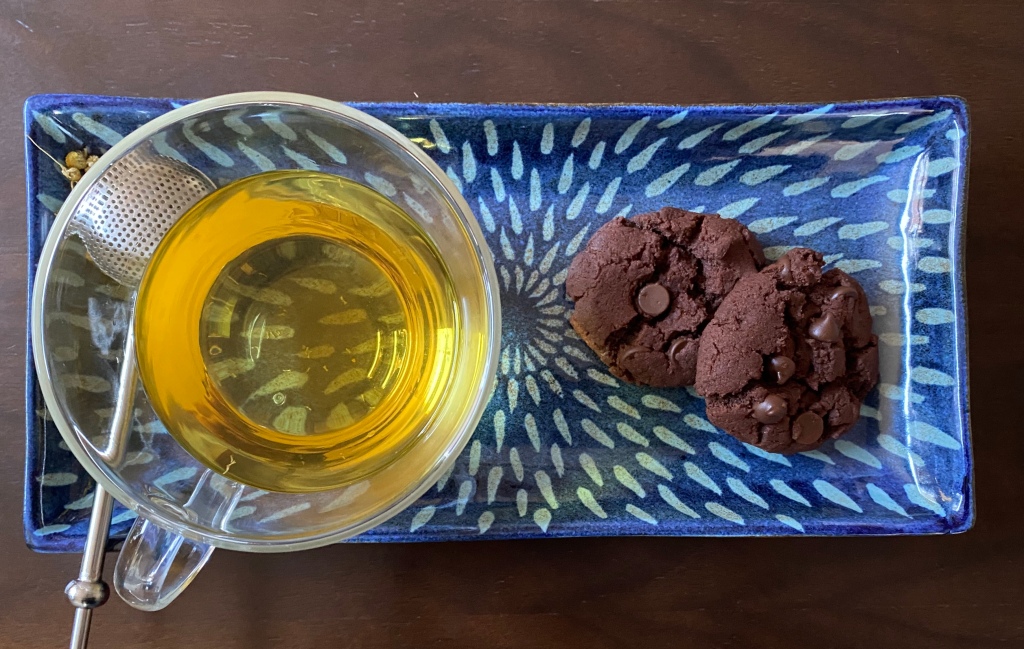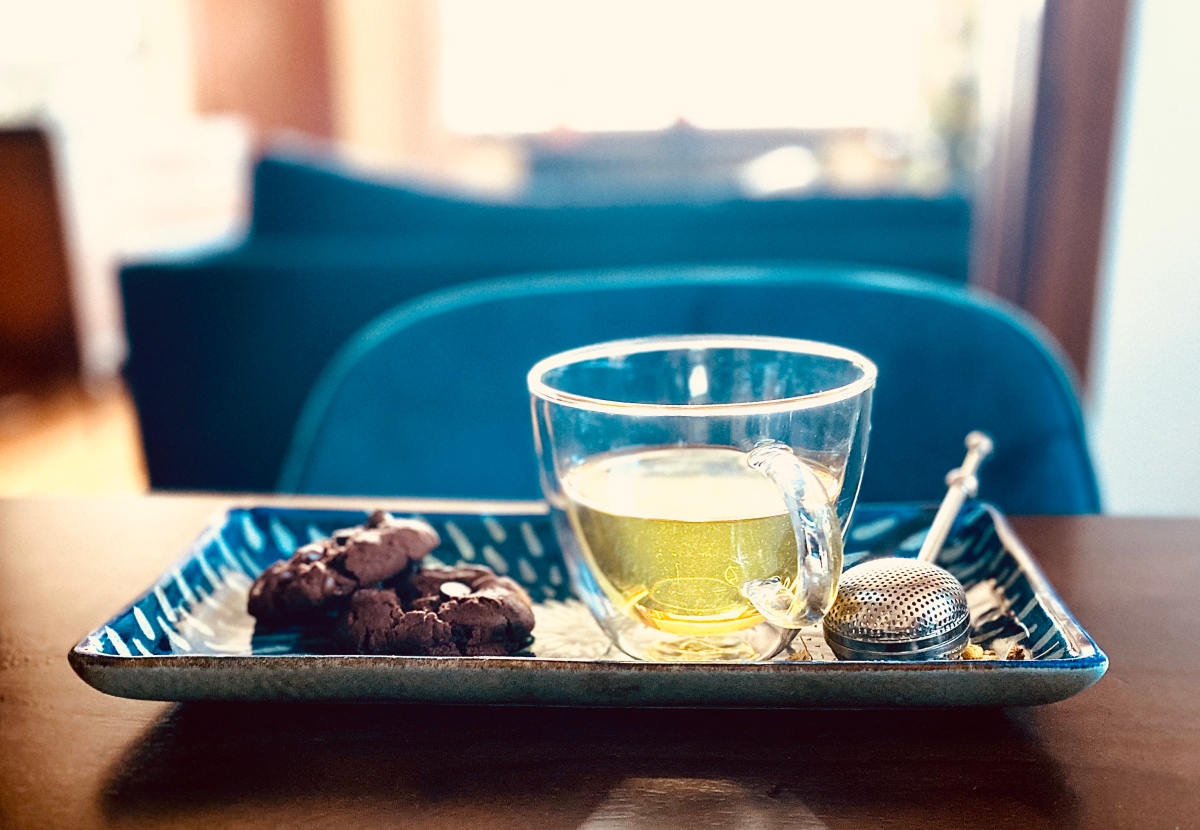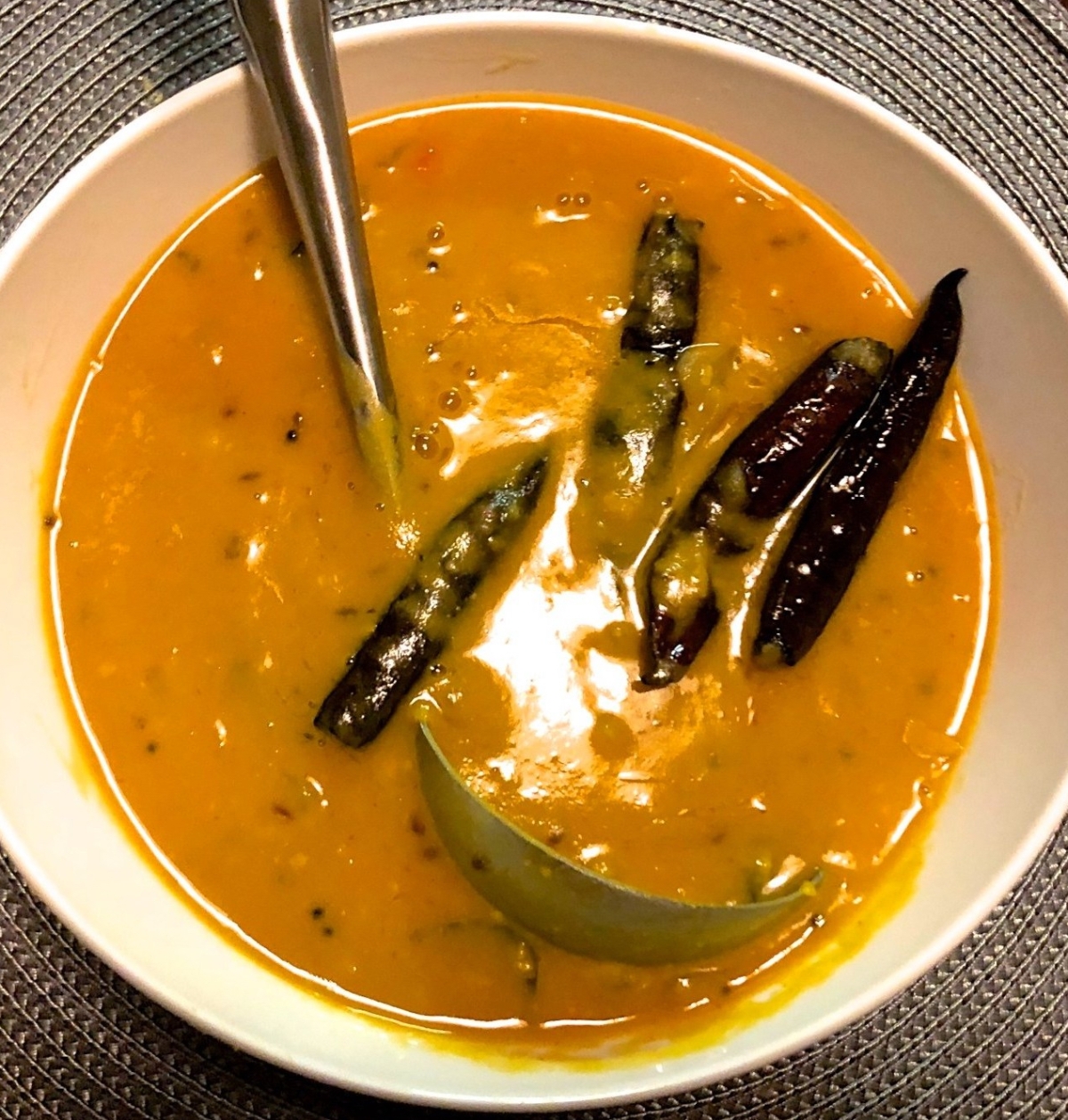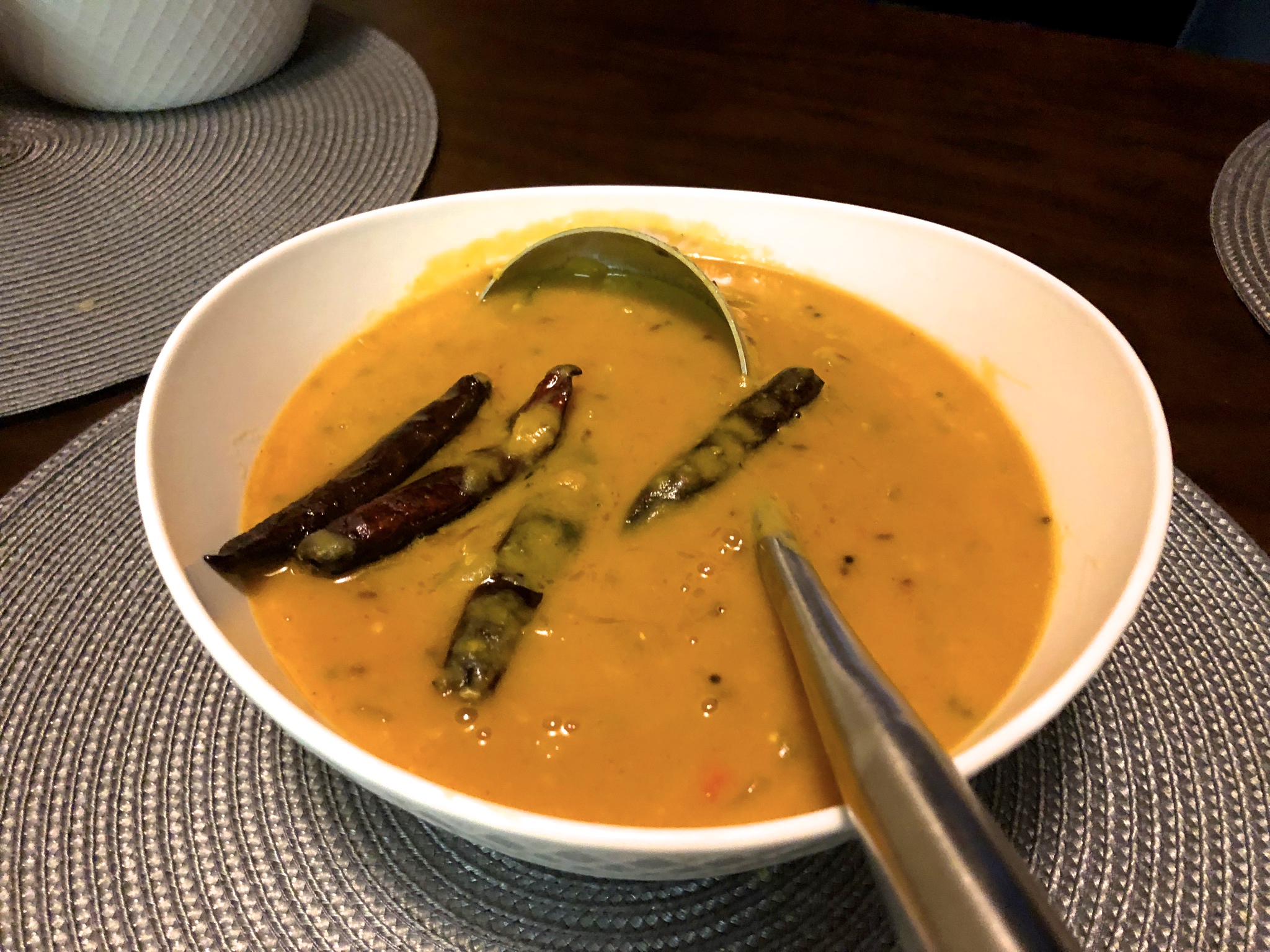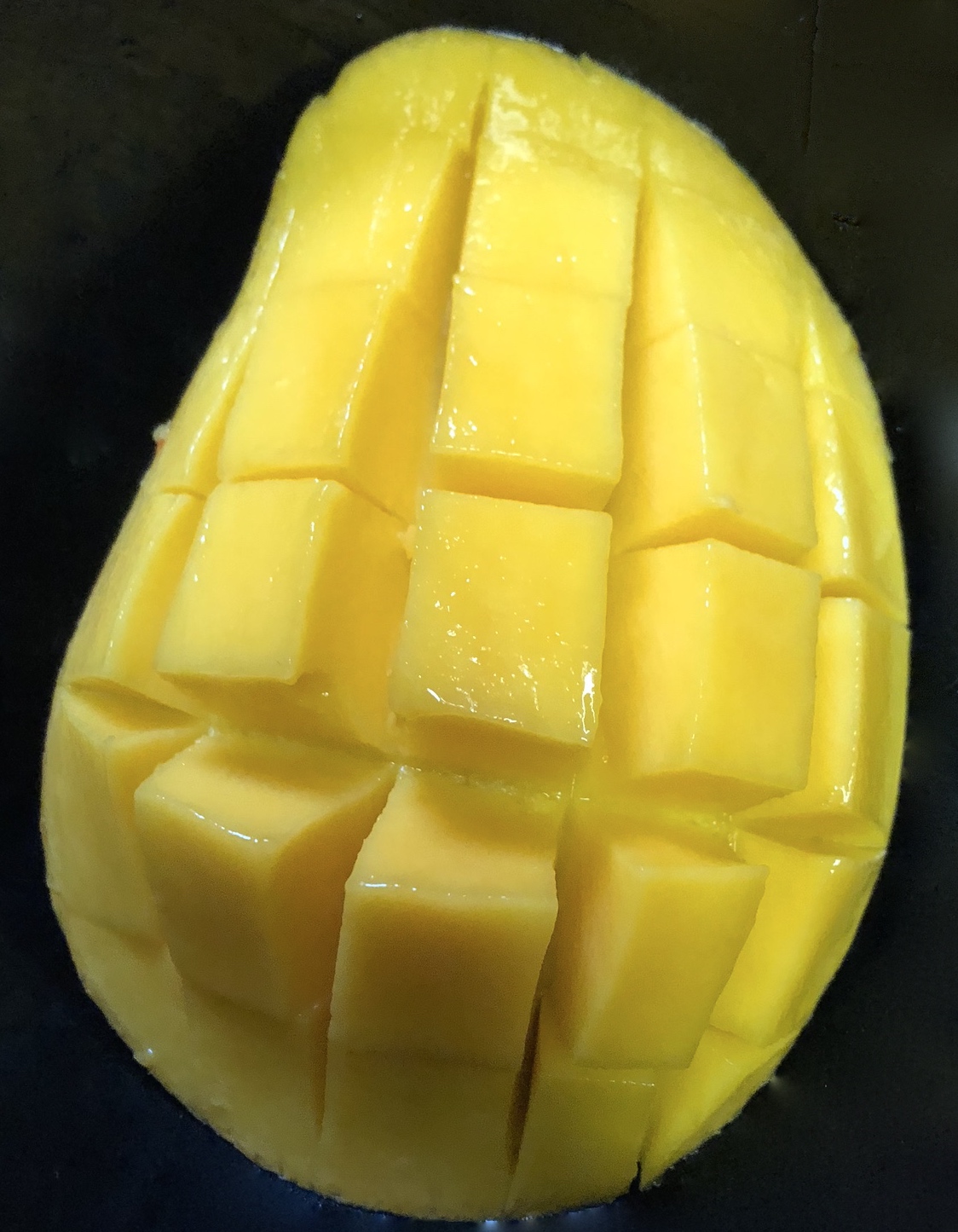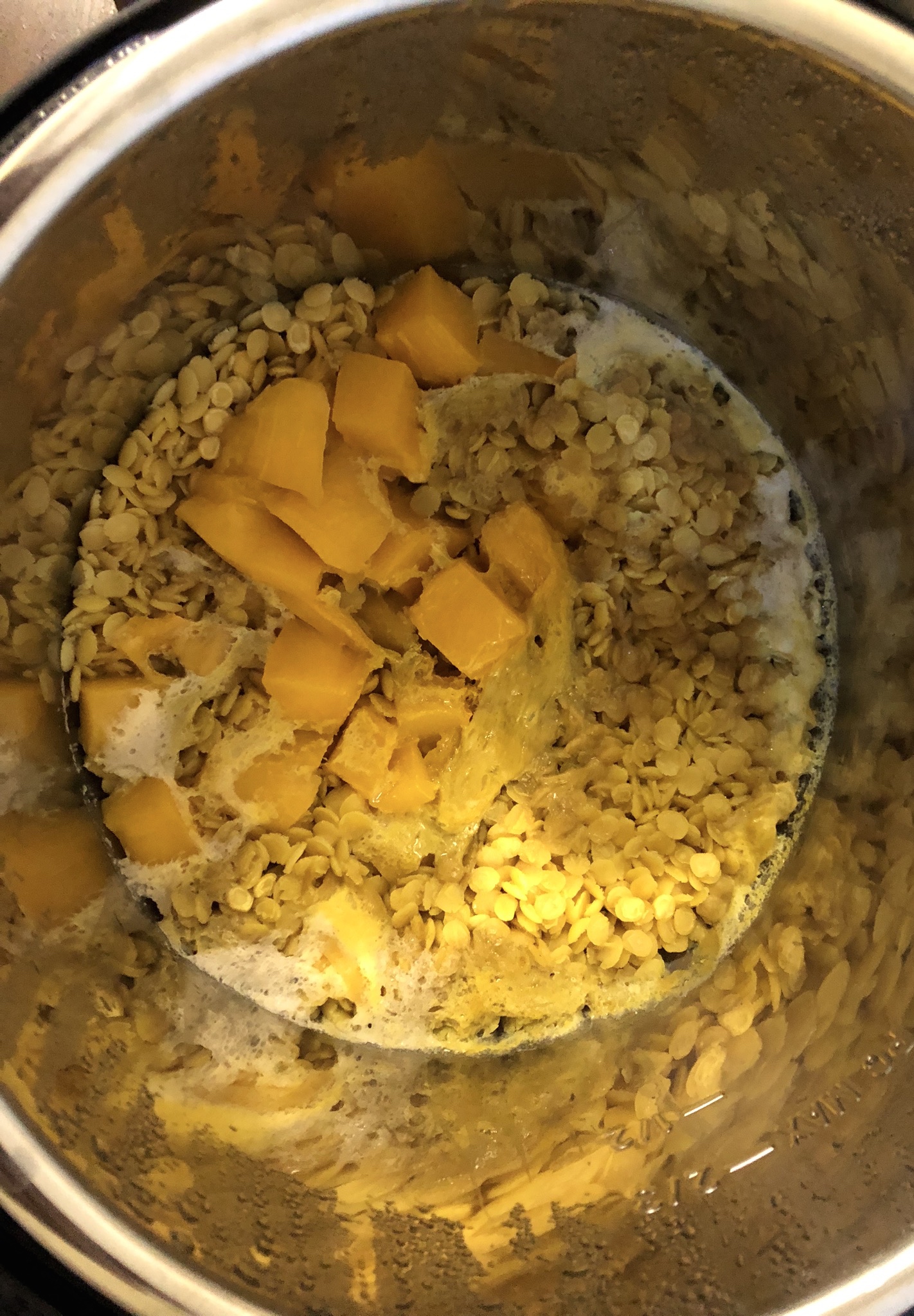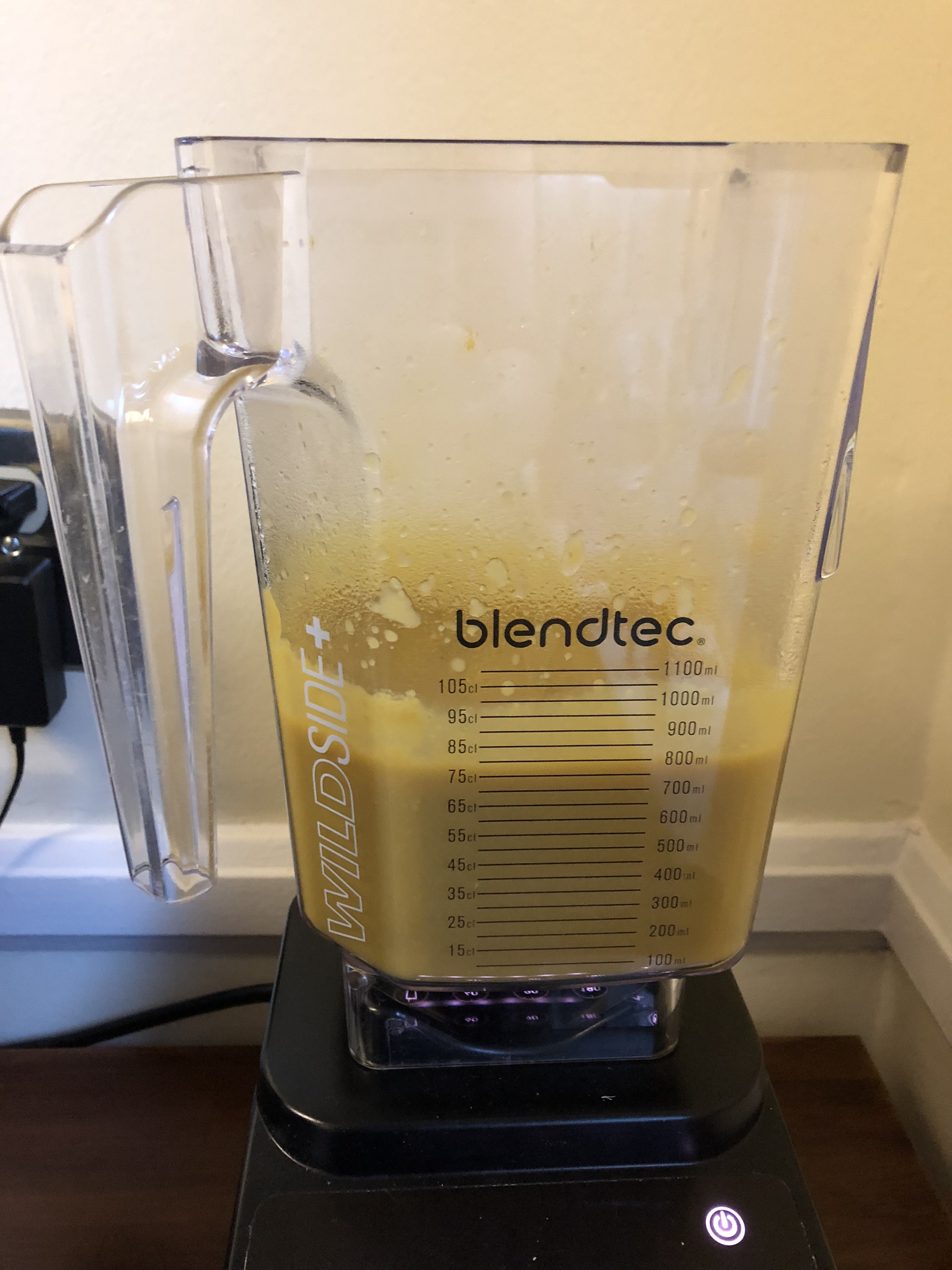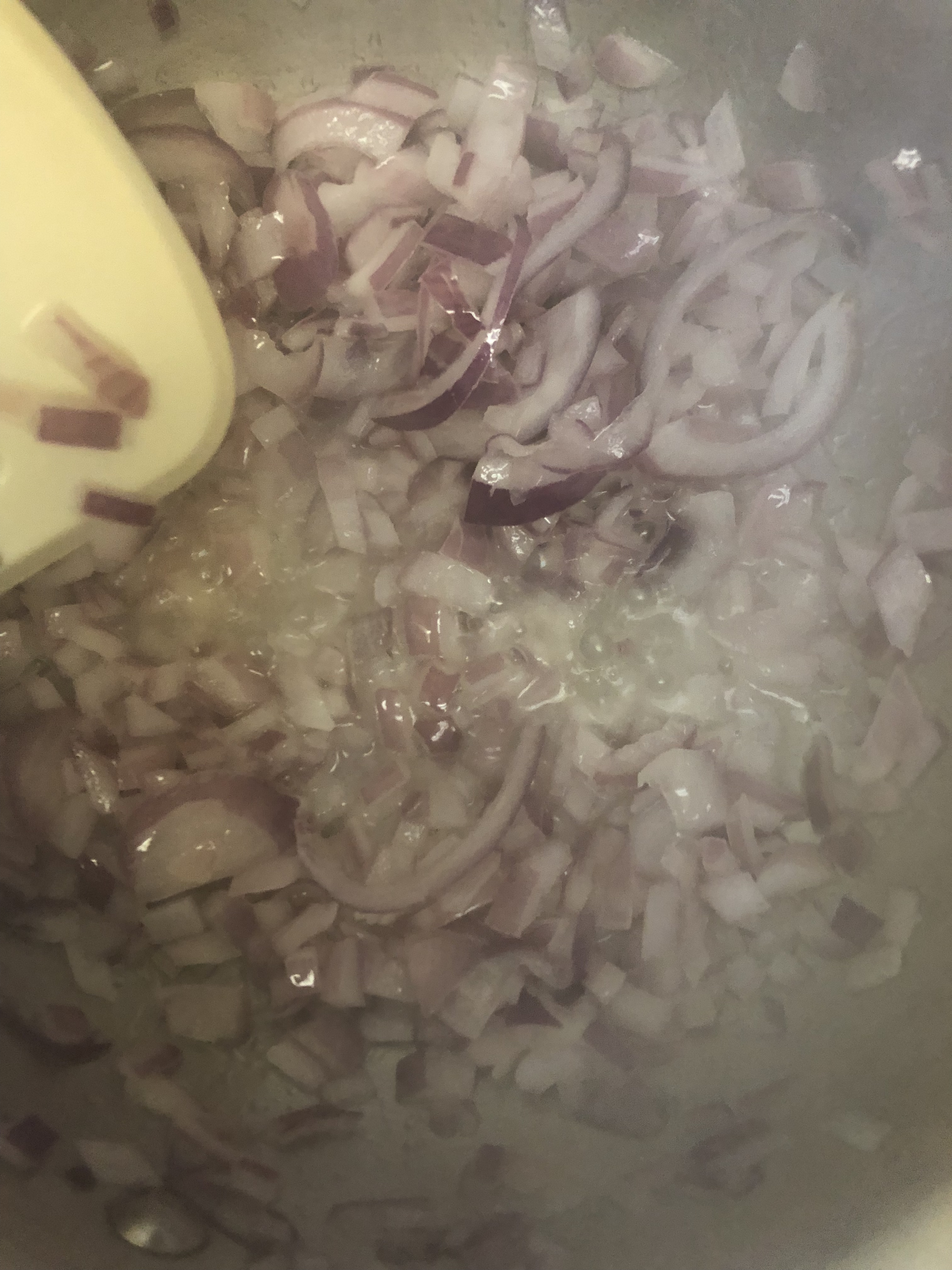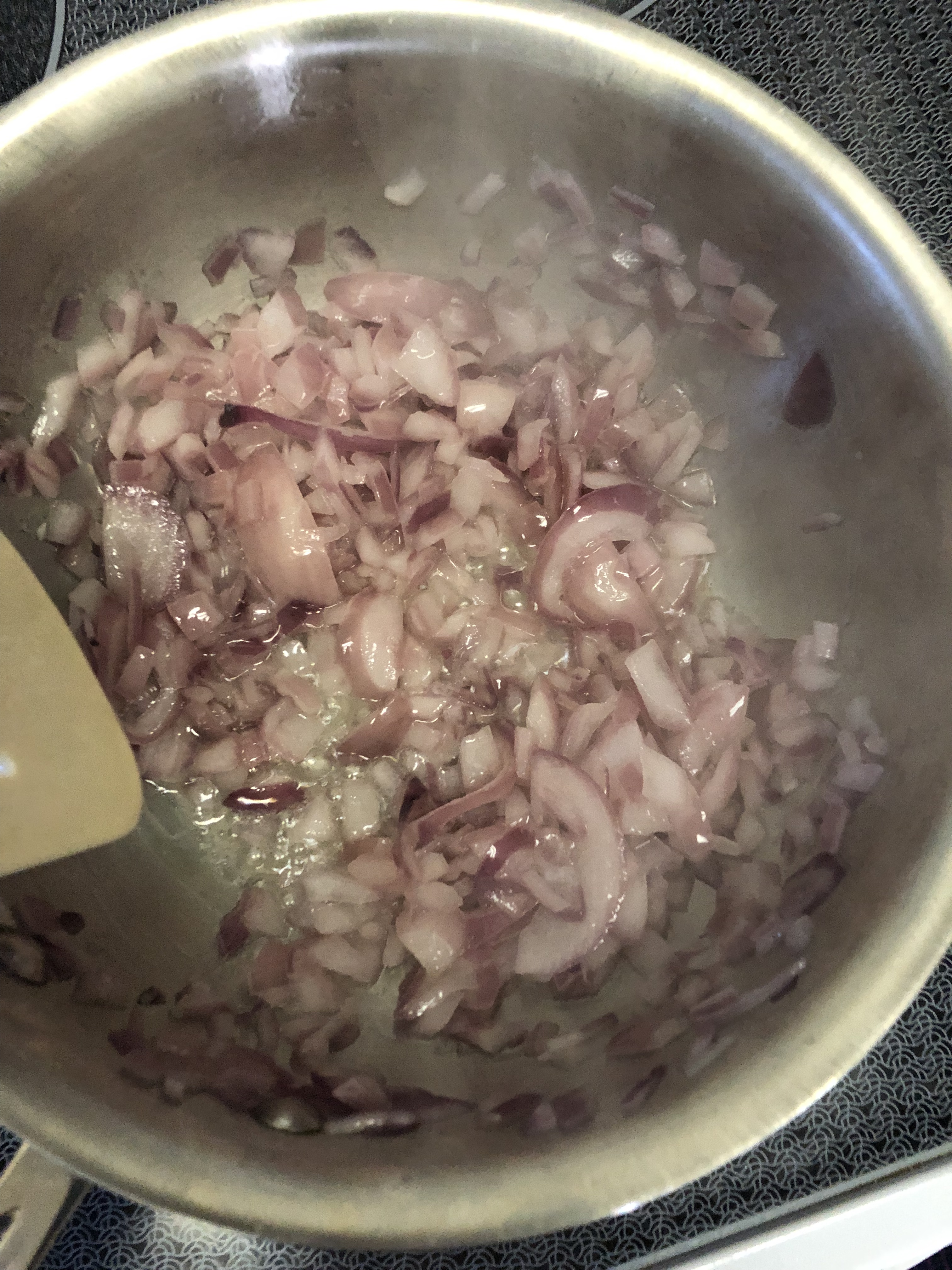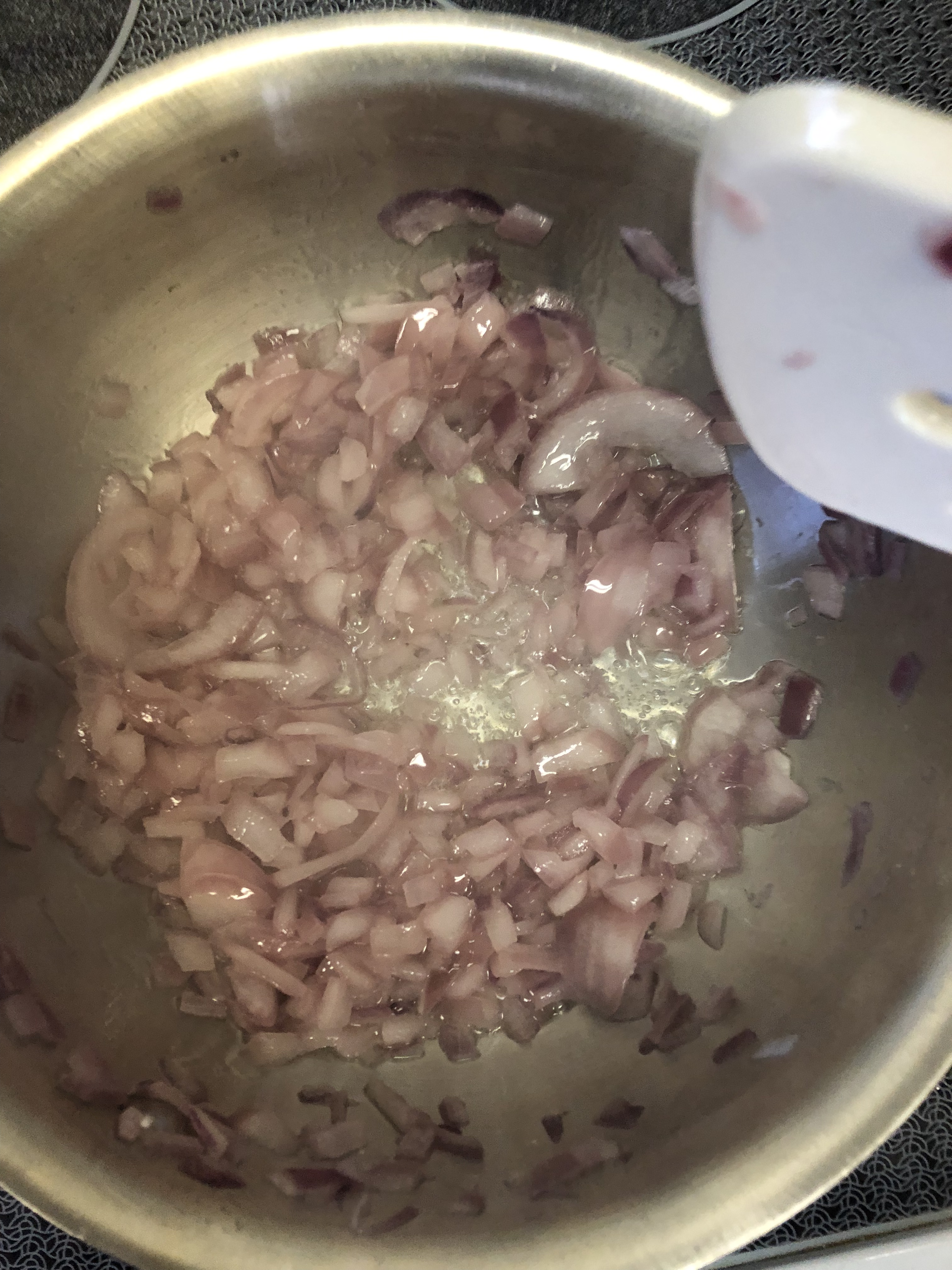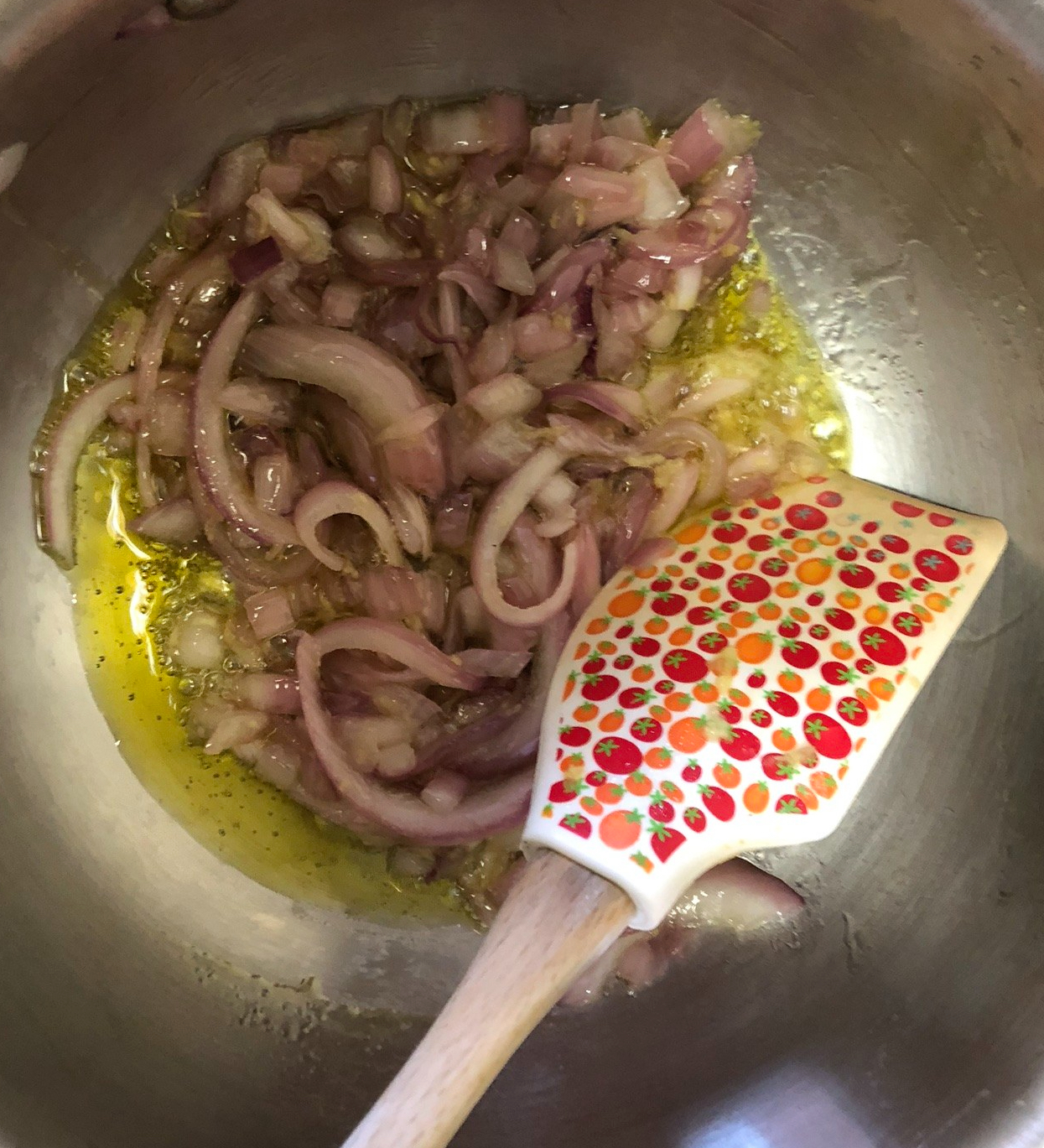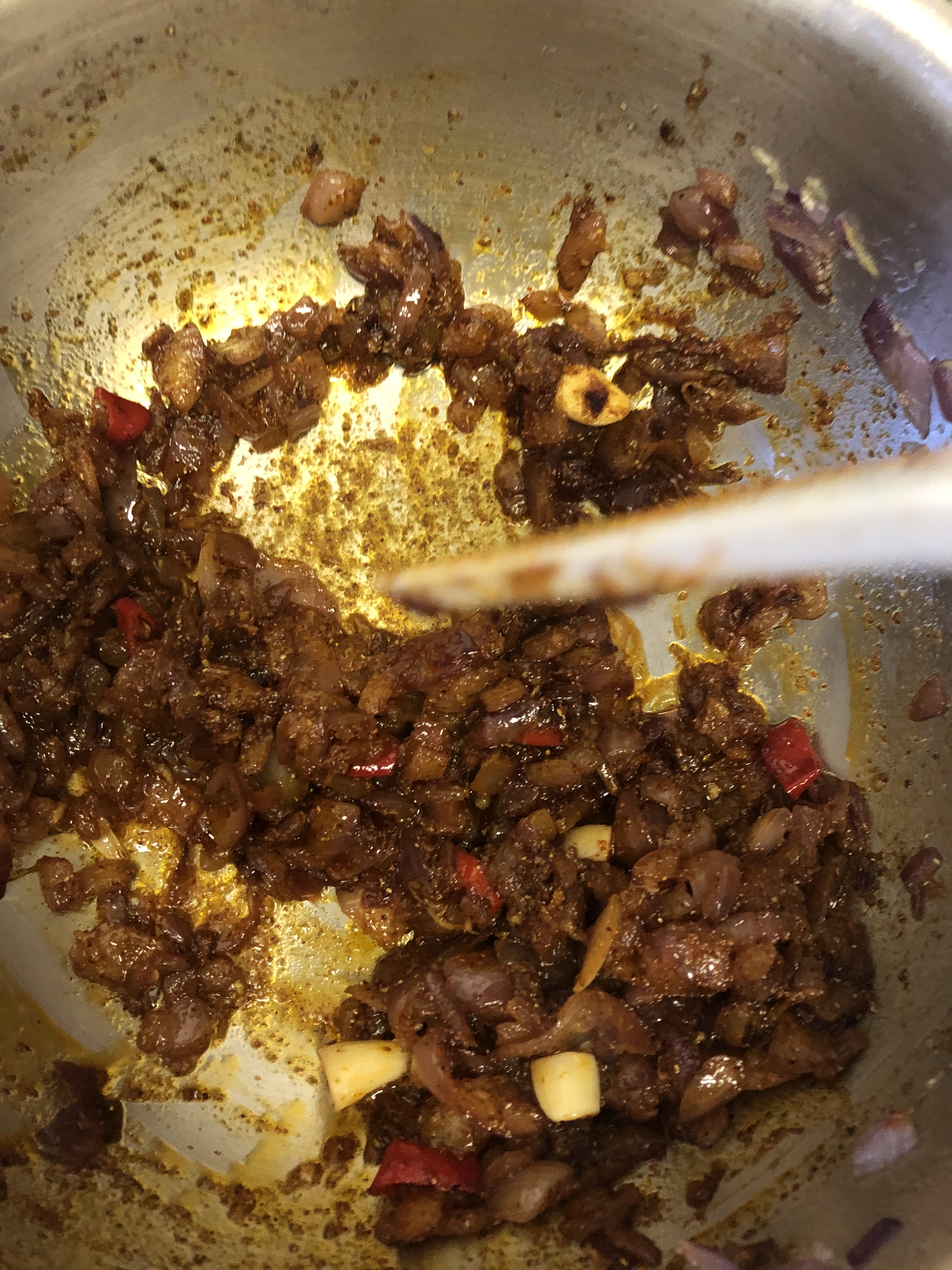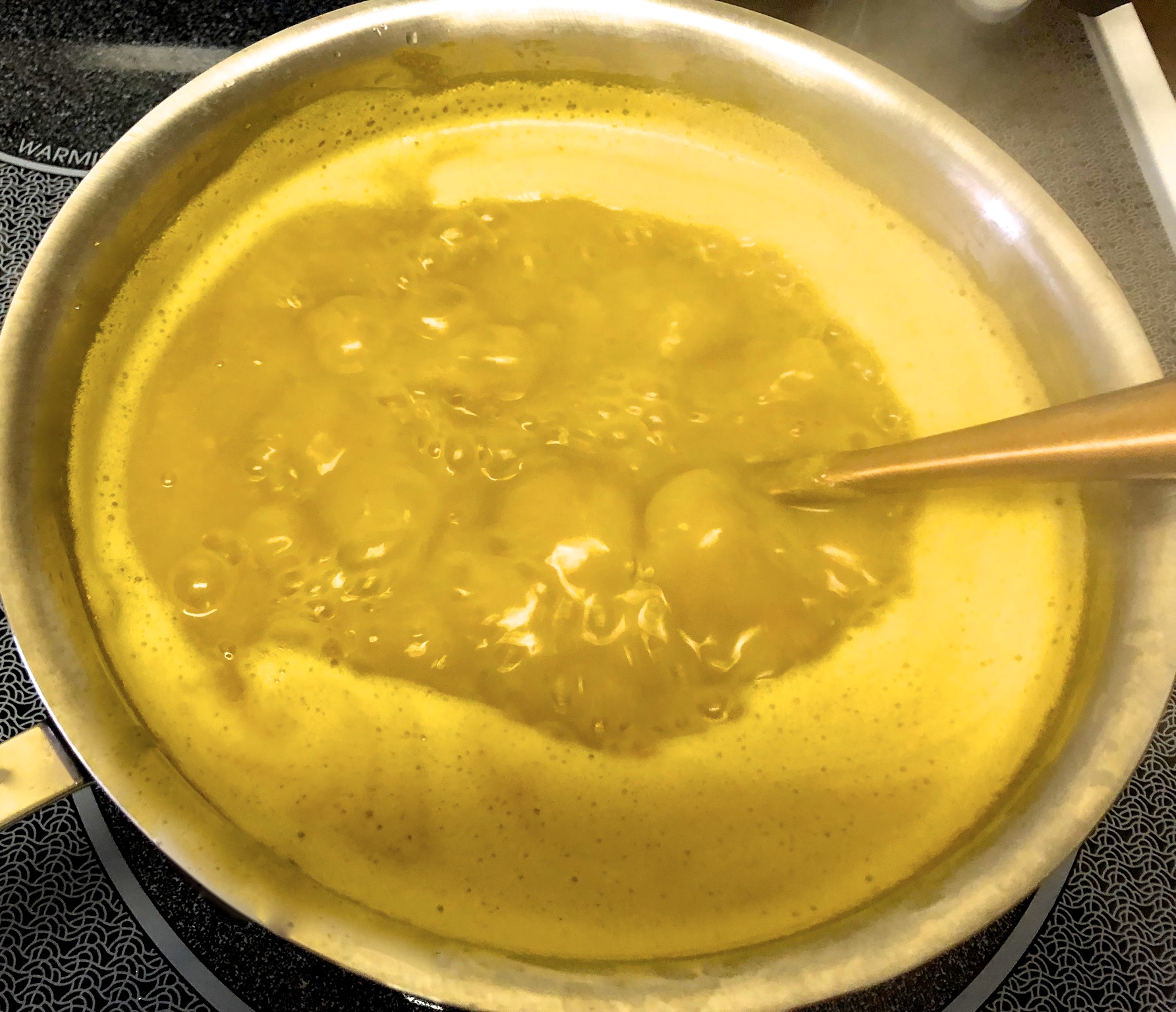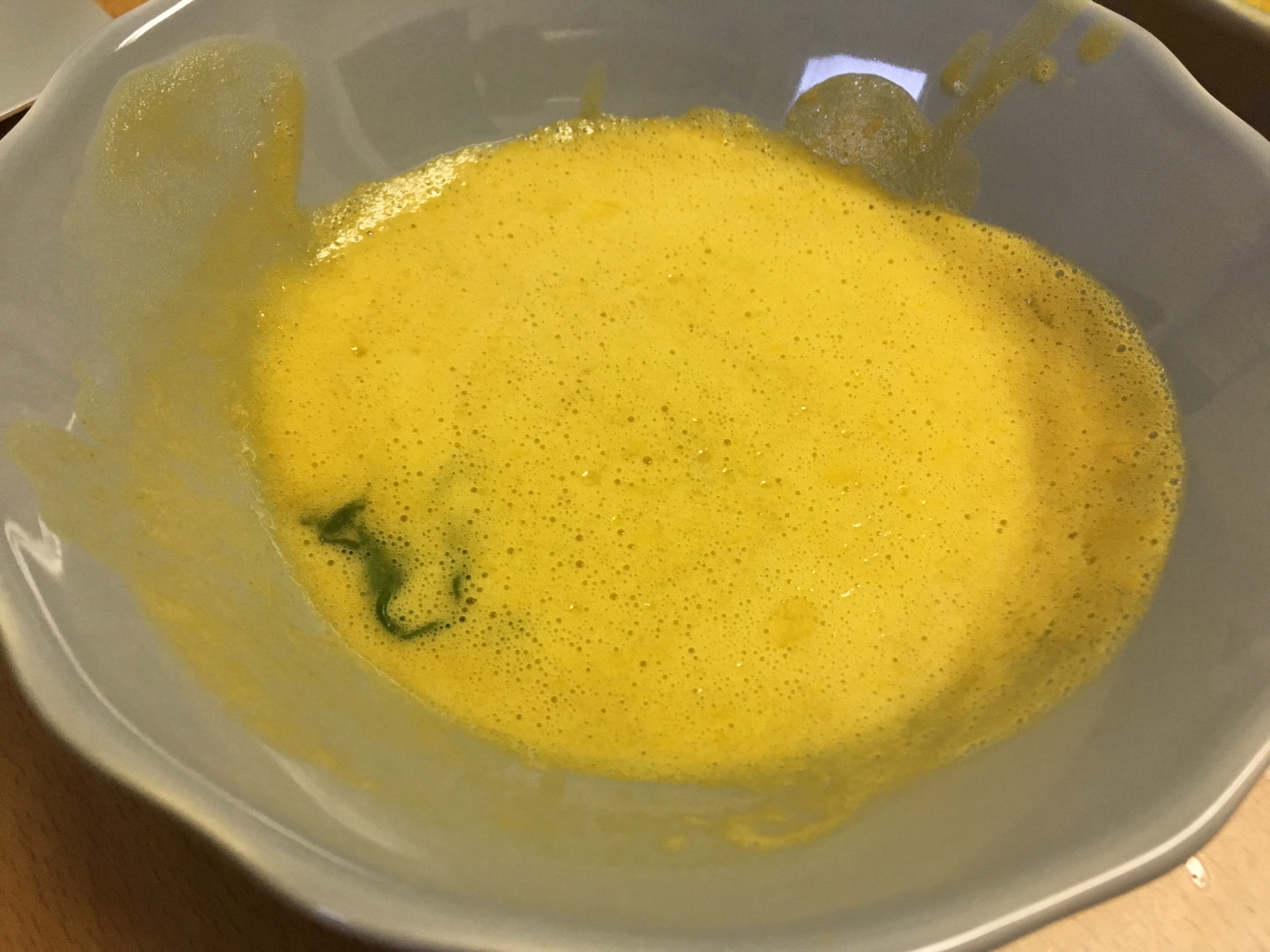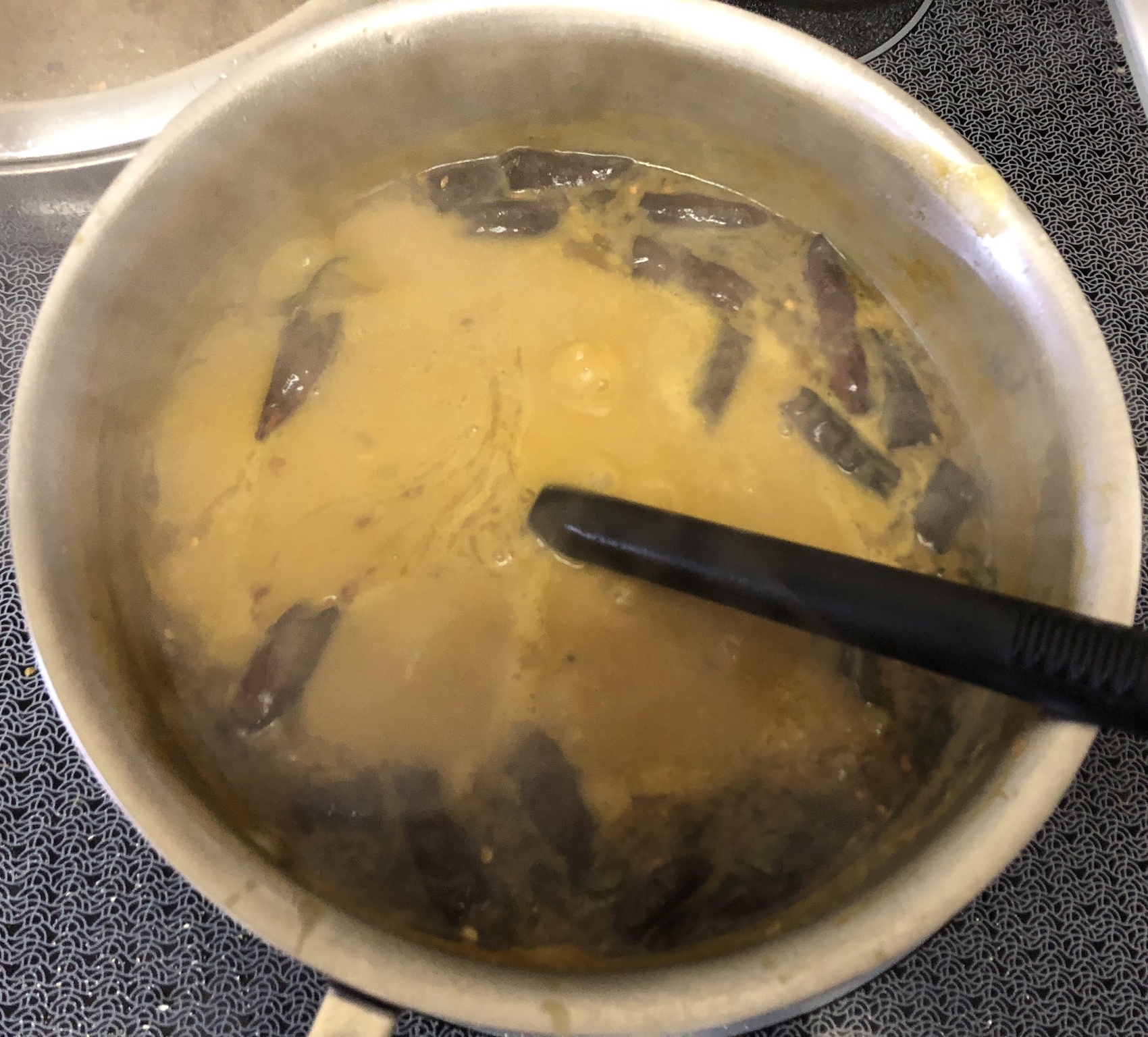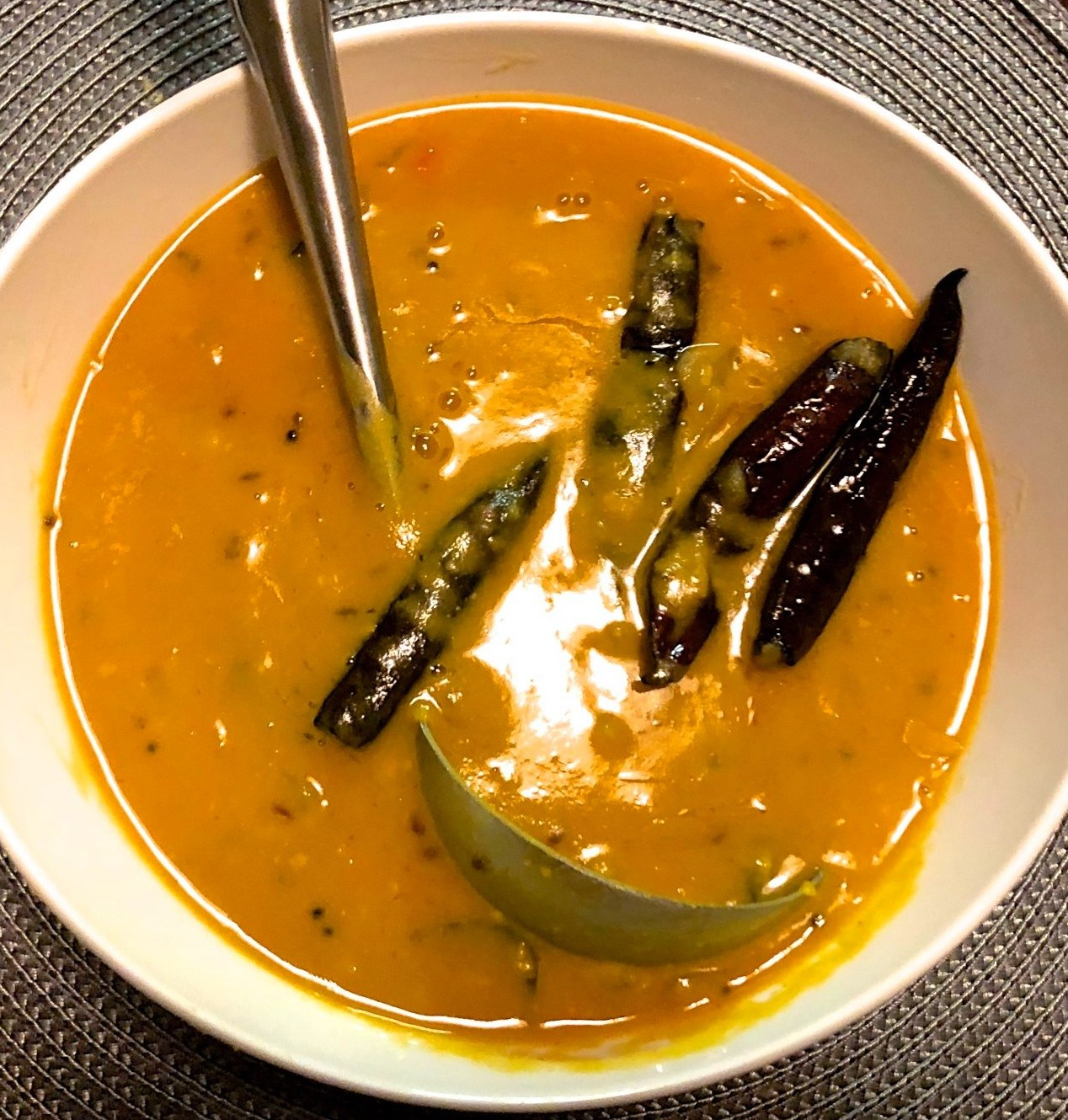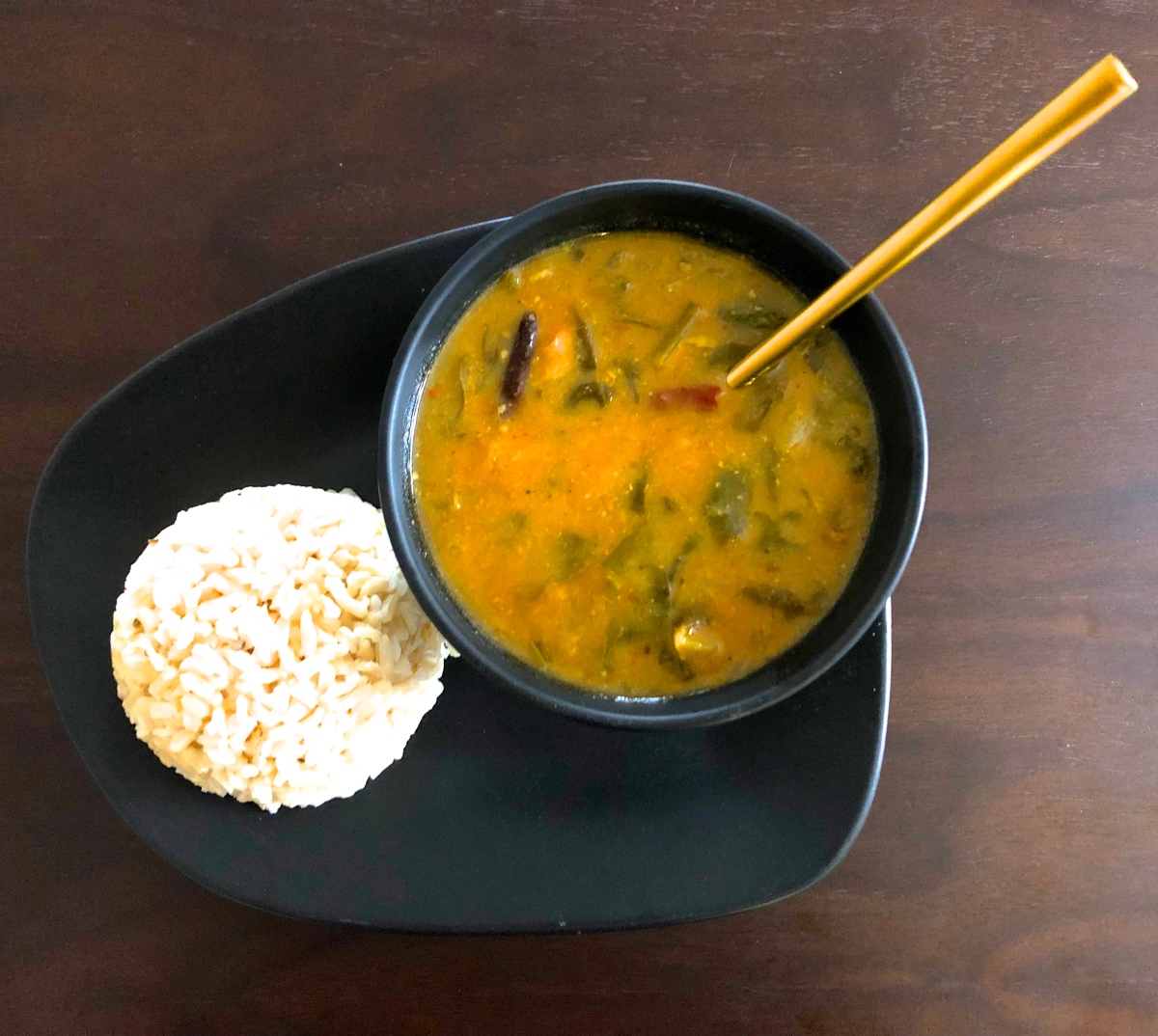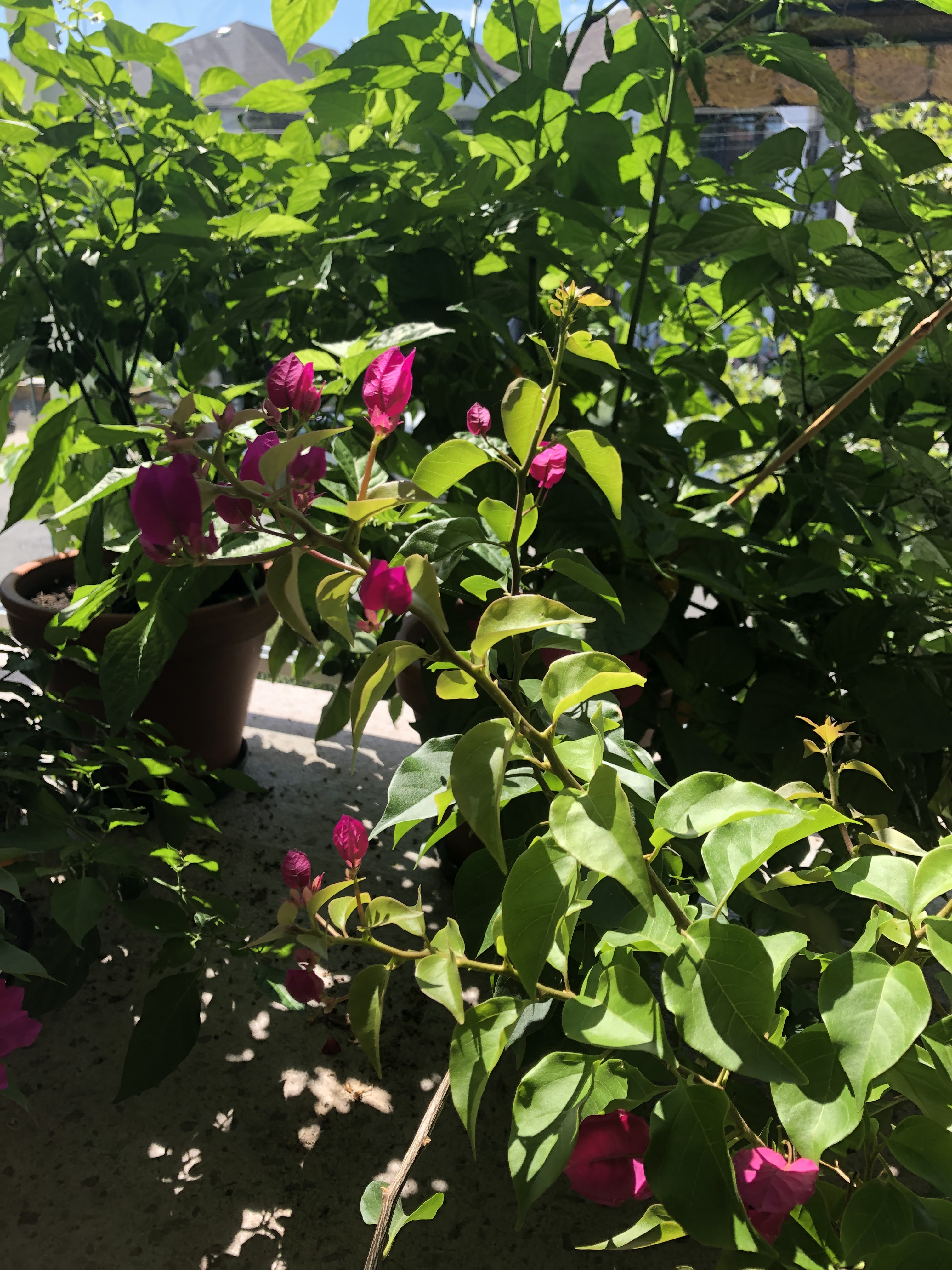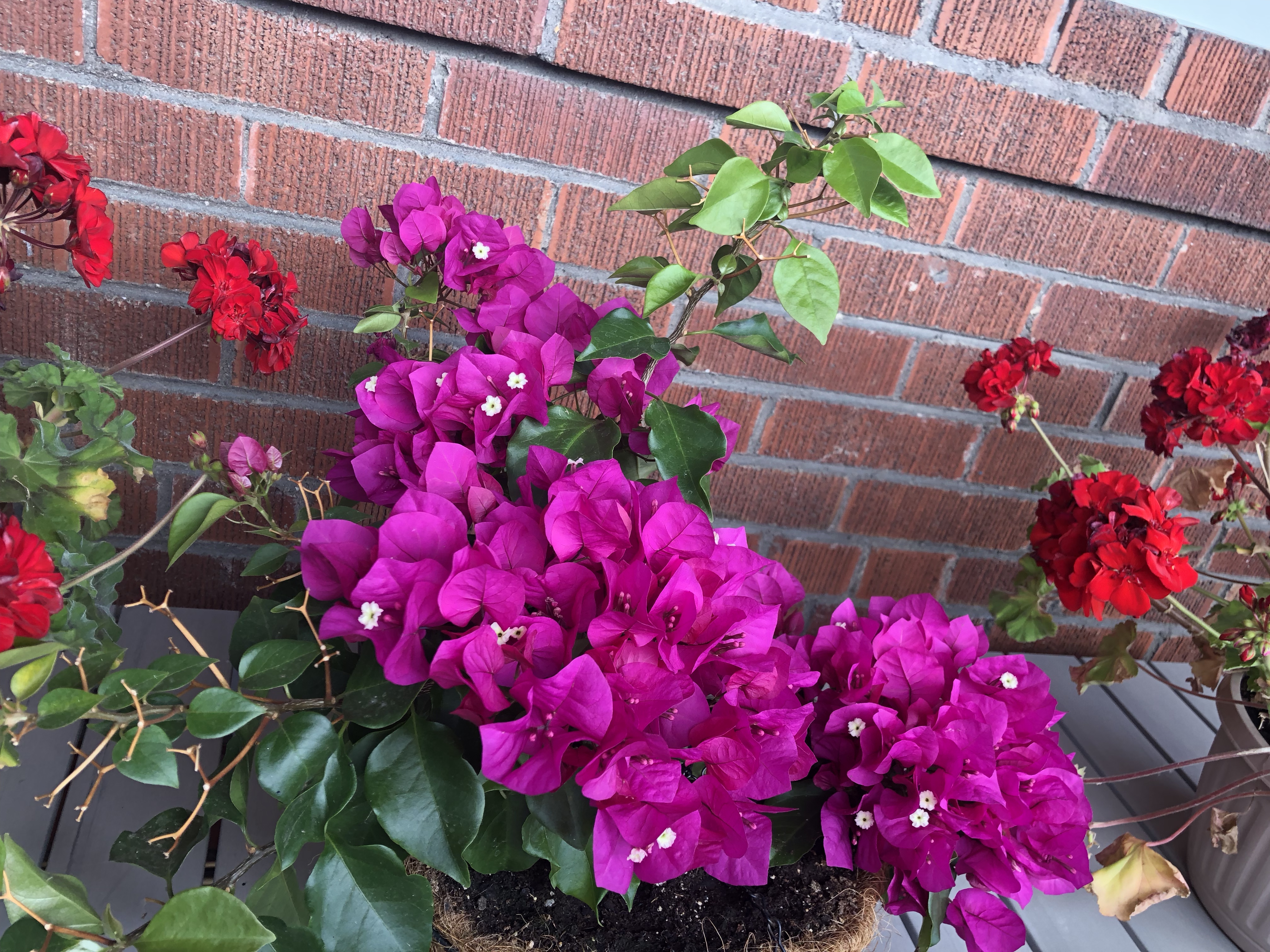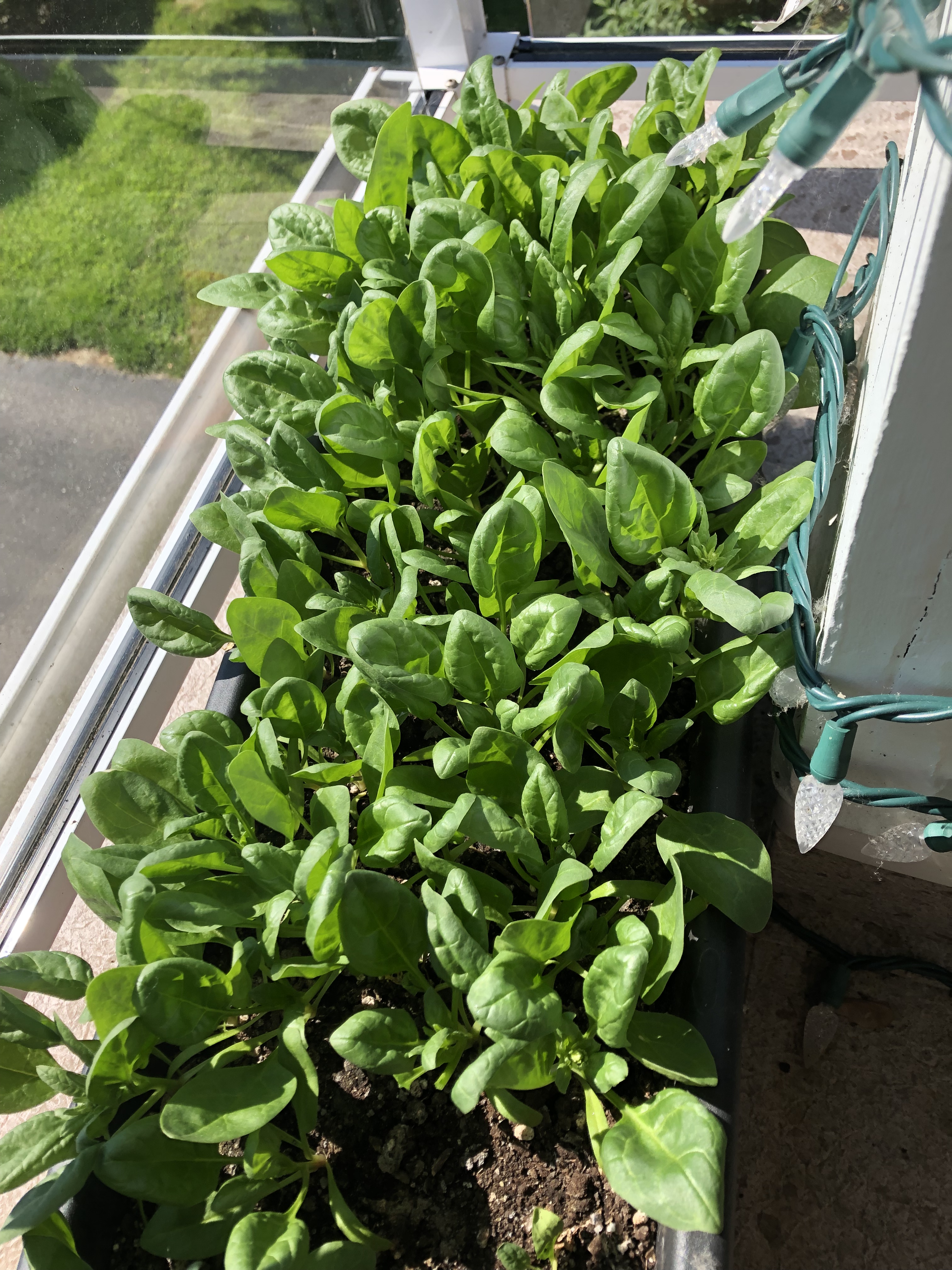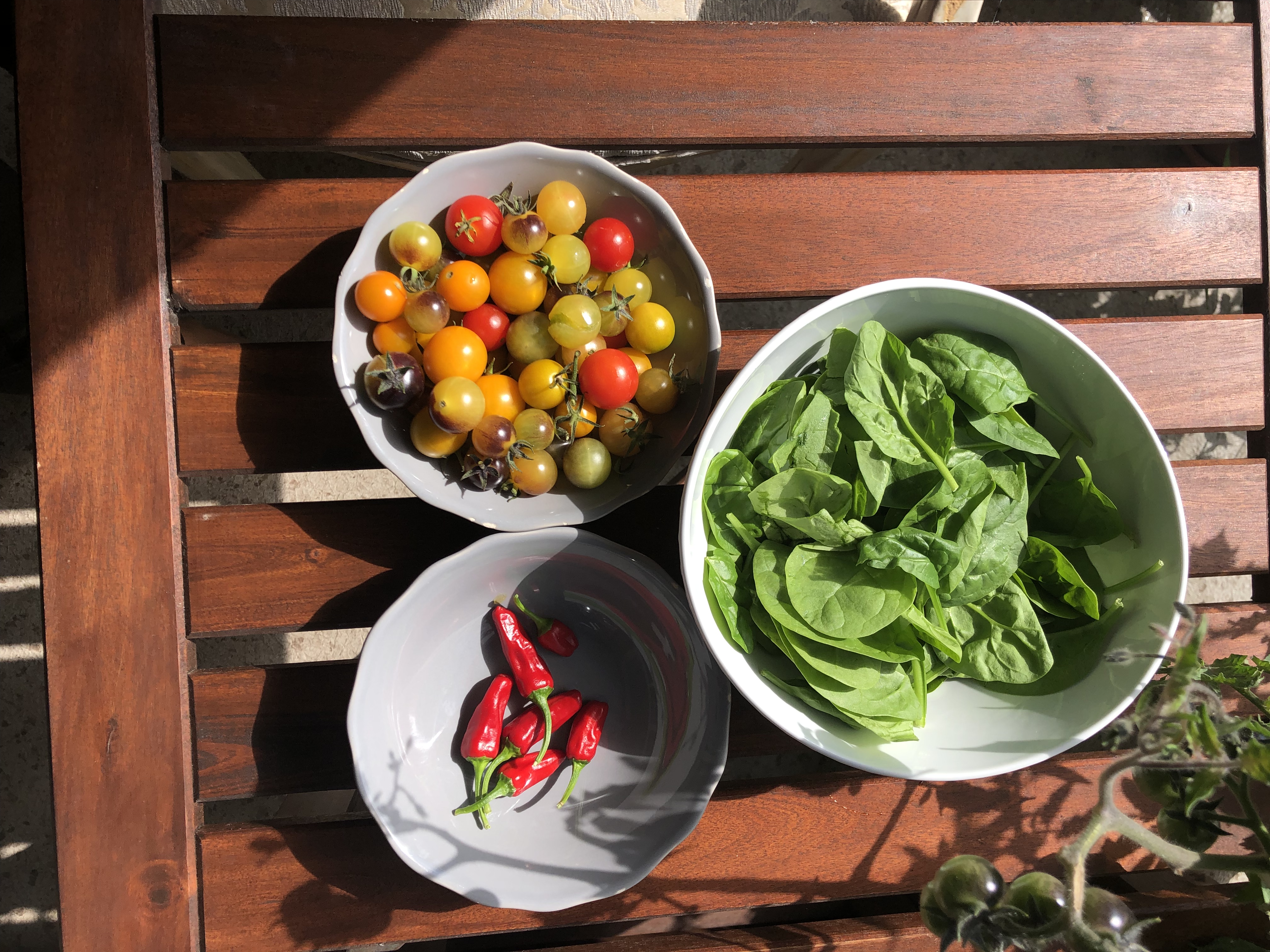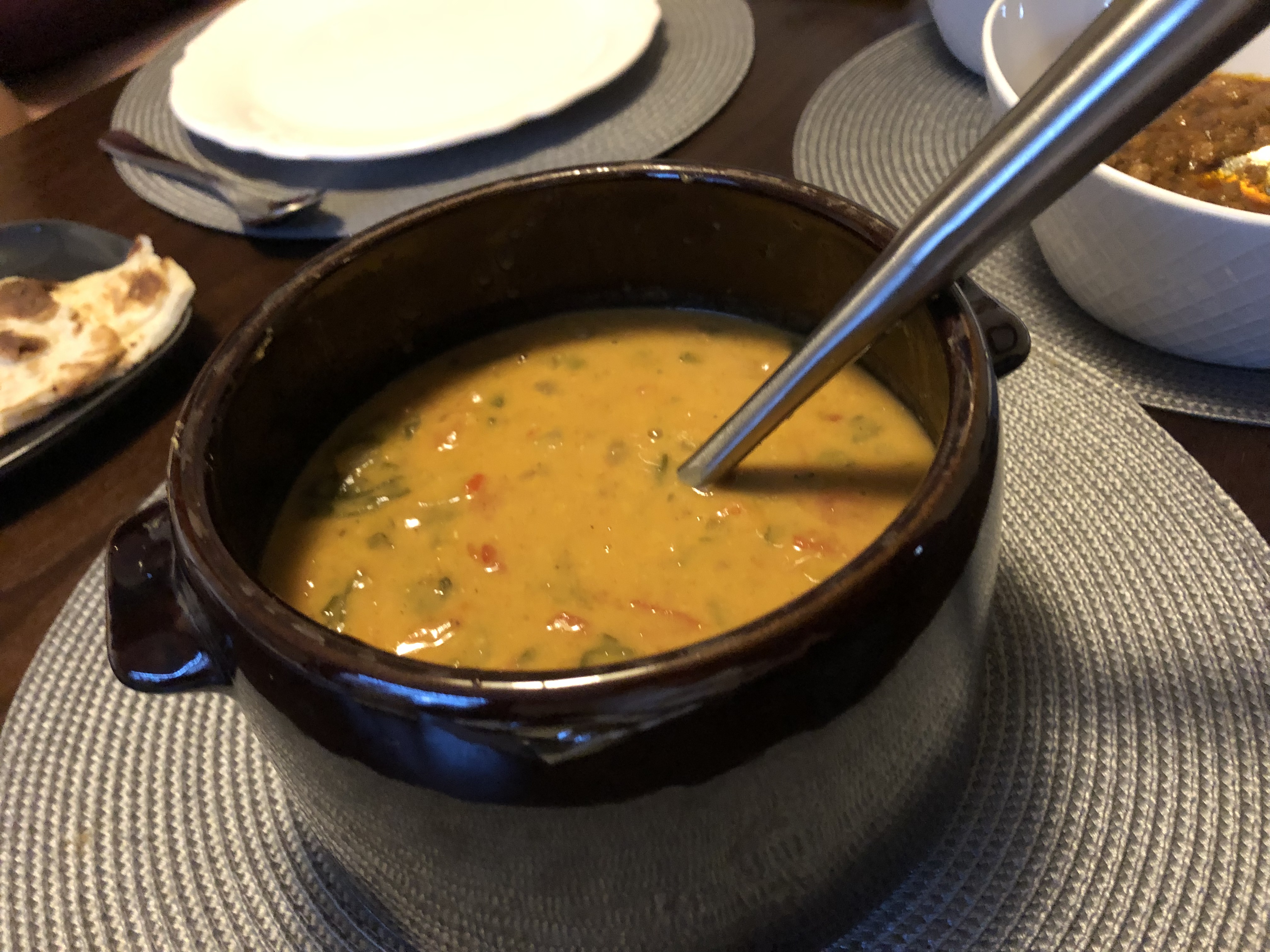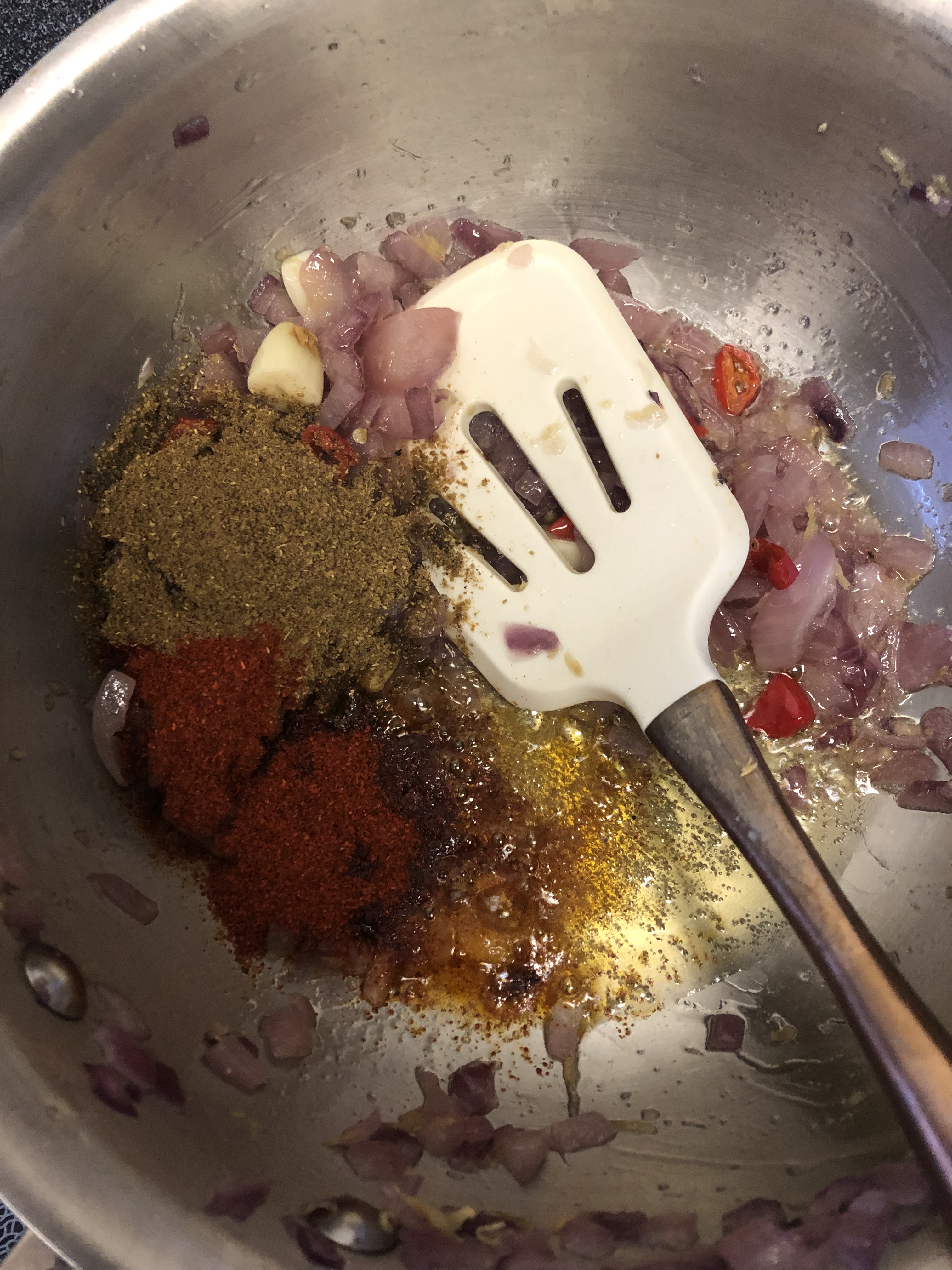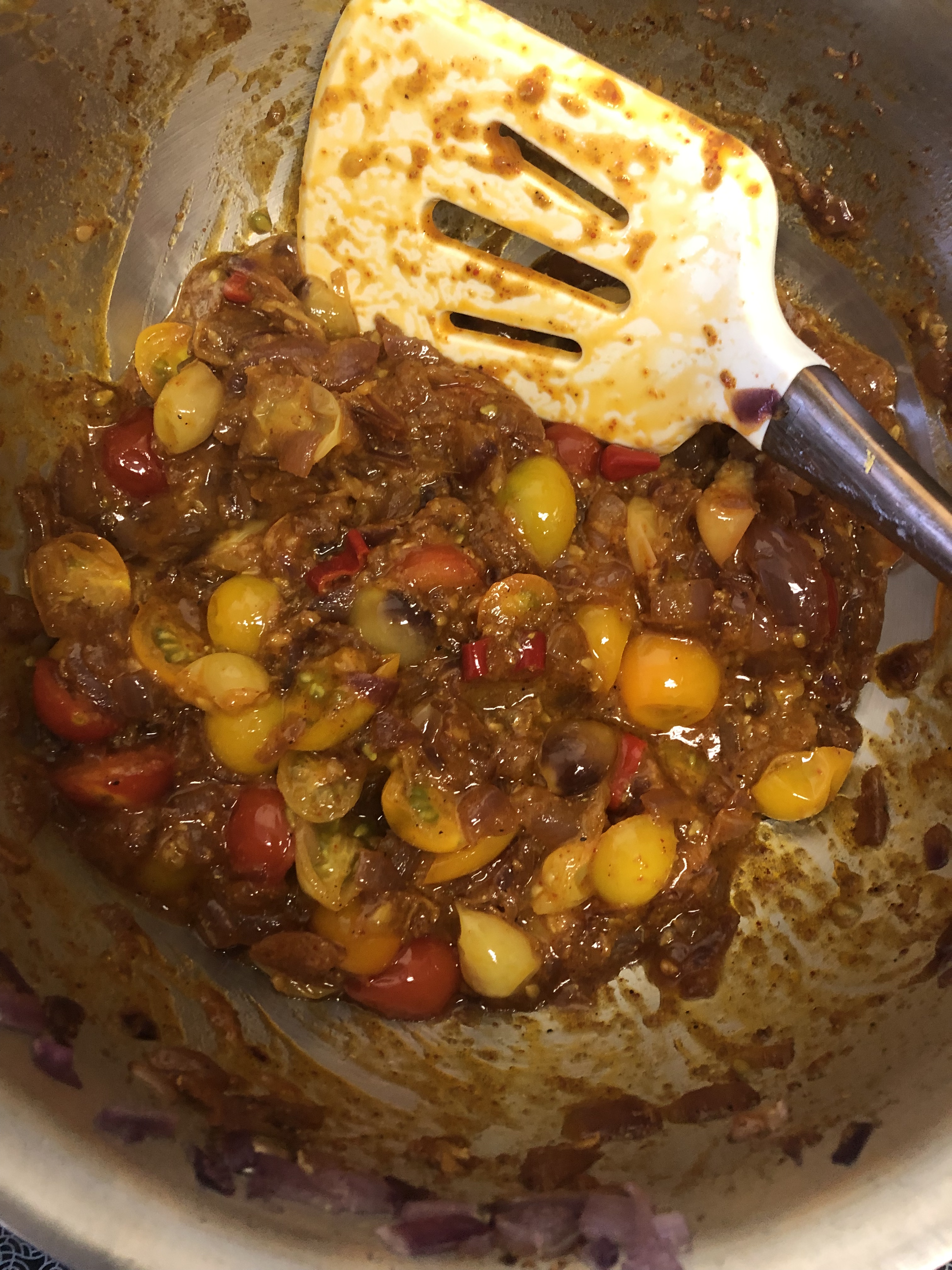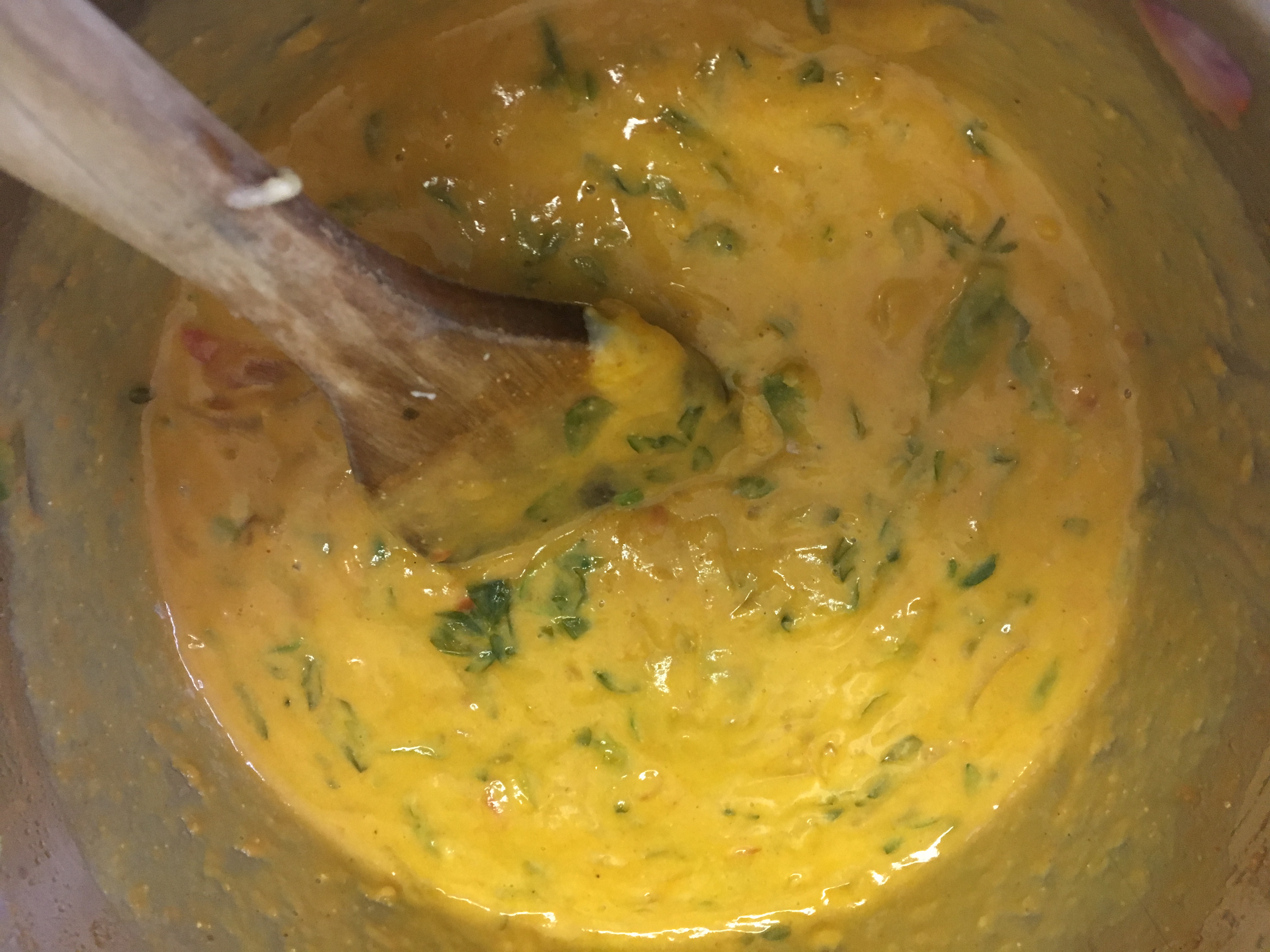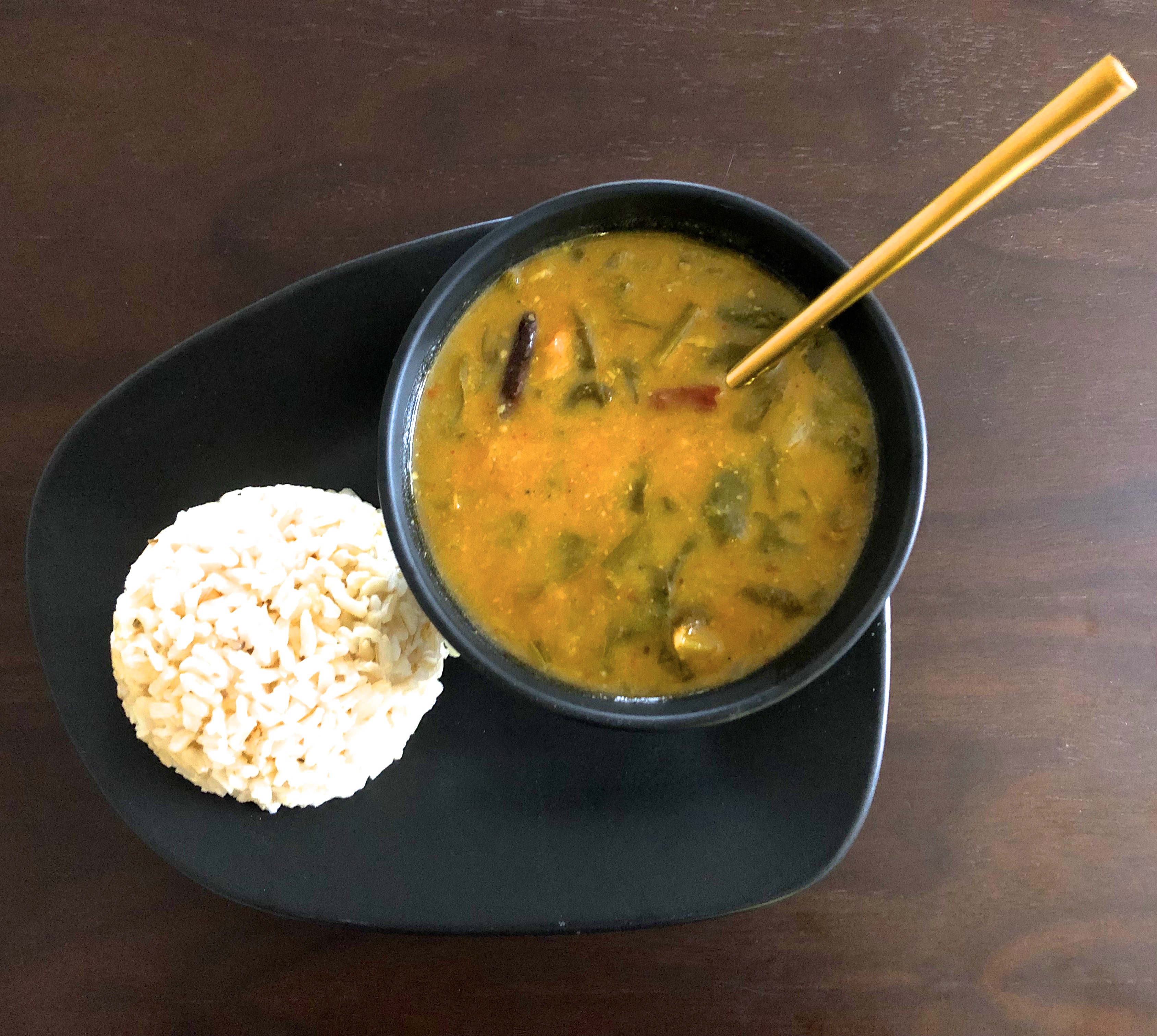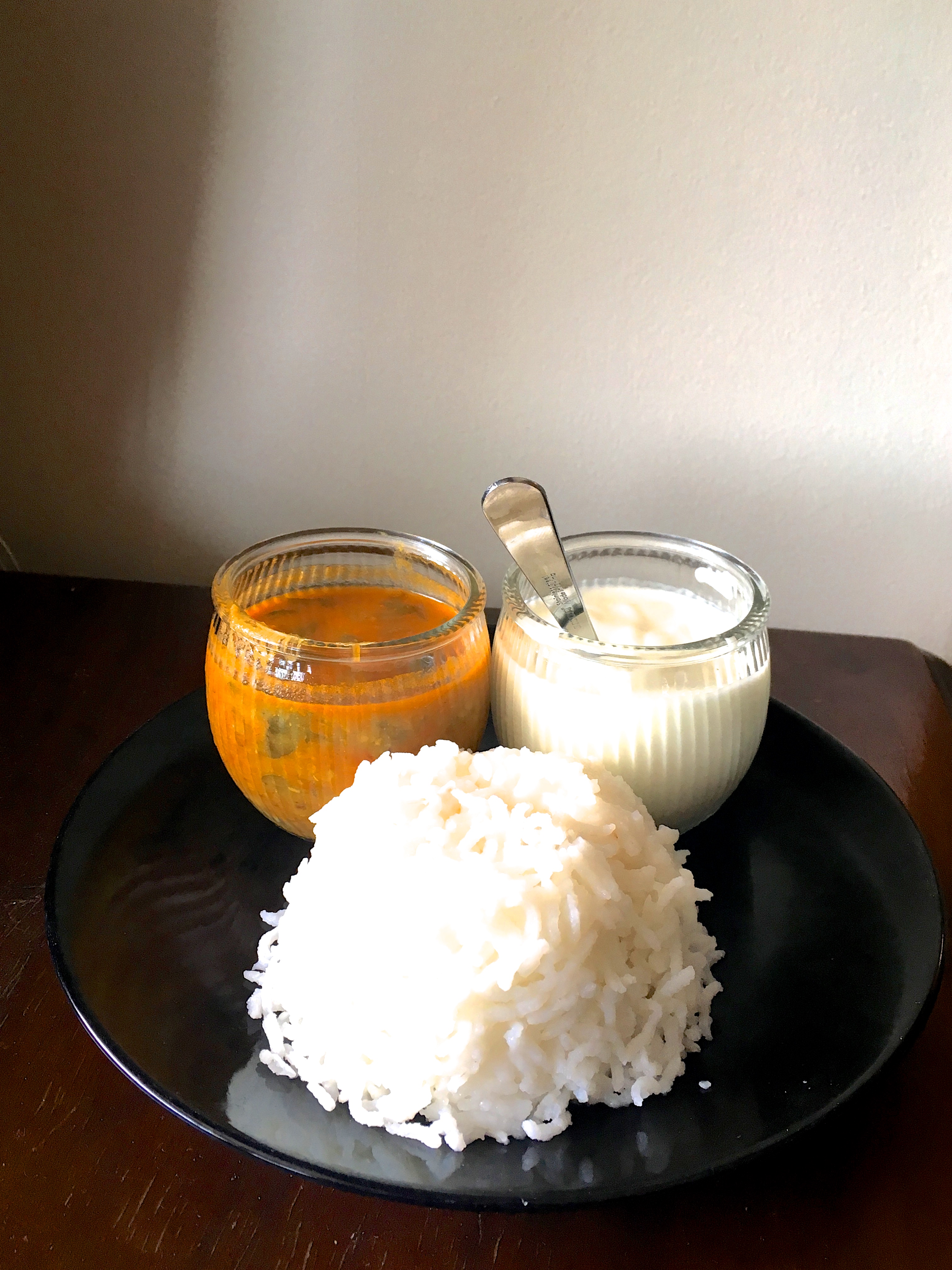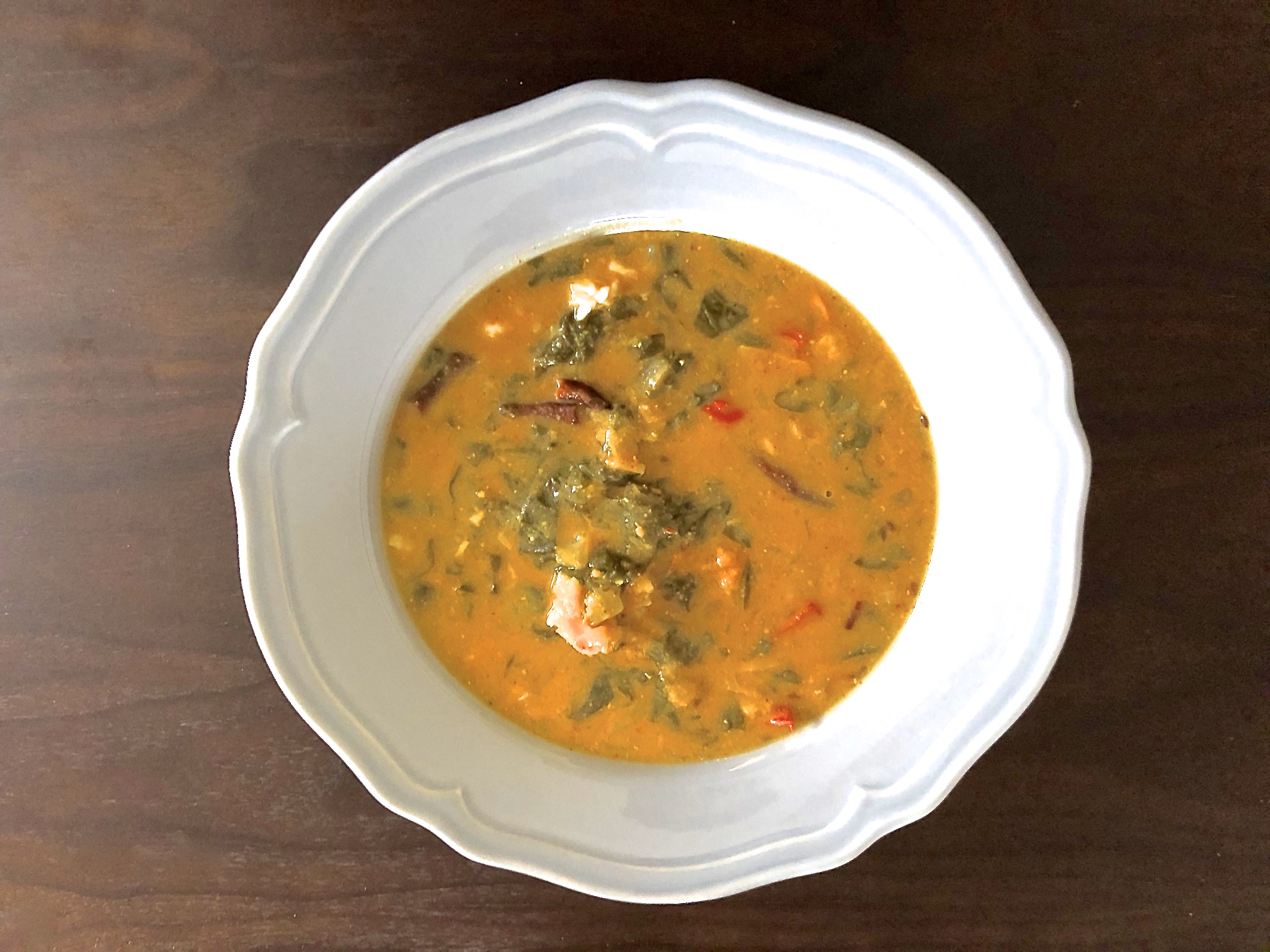I woke up grumpy, feeling rickety, tired, and ancient. By late afternoon, however, I was quite cheery, even contemplating having a 10 minute solo dance party in my living room. This transformation was in large part thanks to a quick twenty minute yoga session and then, this plate of perfect cookies, alongside a cup of chamomile tea.
What does the perfect cookie taste like, you might ask? What does it feel like when you bite into it? How does it smell? Well, that of course may vary from person to person. To me, a perfect cookie is a chocolate cookie. It is filled with dark chocolate chips and possibly dotted with lightly toasted nuts. It is crisp on the top, bottom, and on its sides, but has a gooey centre. It has the distinct aroma and taste of rich cocoa, a hint of vanilla, and finally, the caramel-like taste of brown sugar. It looks like this:
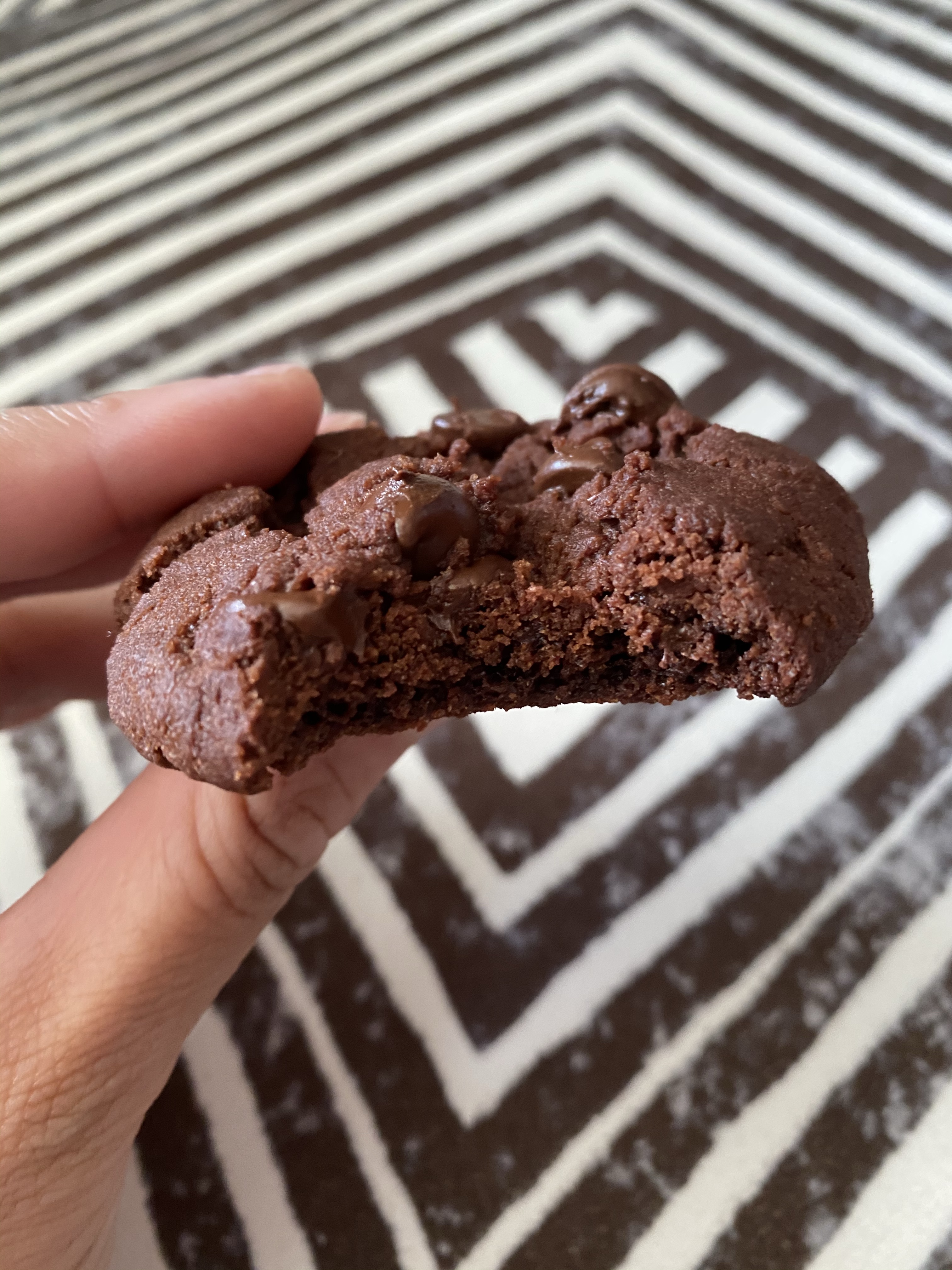
If this sounds and looks like something you might like, then I suggest giving this recipe a shot! Oh and these cookies are completely vegan!
I will say, some people may find these cookies a bit sweet. The trouble is that the recipe requires at least this amount of sugar in order for the cookies to have a crispy exterior and a gooey centre. Moreover, these cookies, while undoubtedly sweet, were not unpleasantly so, to me (just to calibrate my palate/preferences, most North American milk chocolate tastes saccharine to me). Especially, when paired with some unsweetened coffee or tea to offset their sweetness and also, to compliment their crisp and gooey texture.
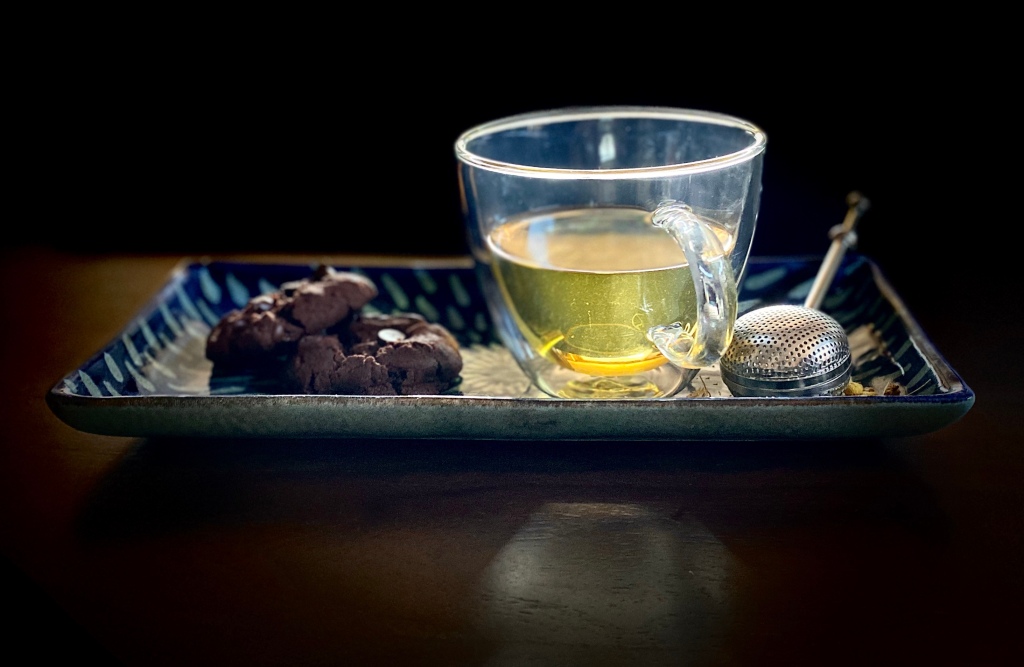
I sipped on some chamomile tea, made by brewing dried chamomile flowers from our garden, while I ate them.
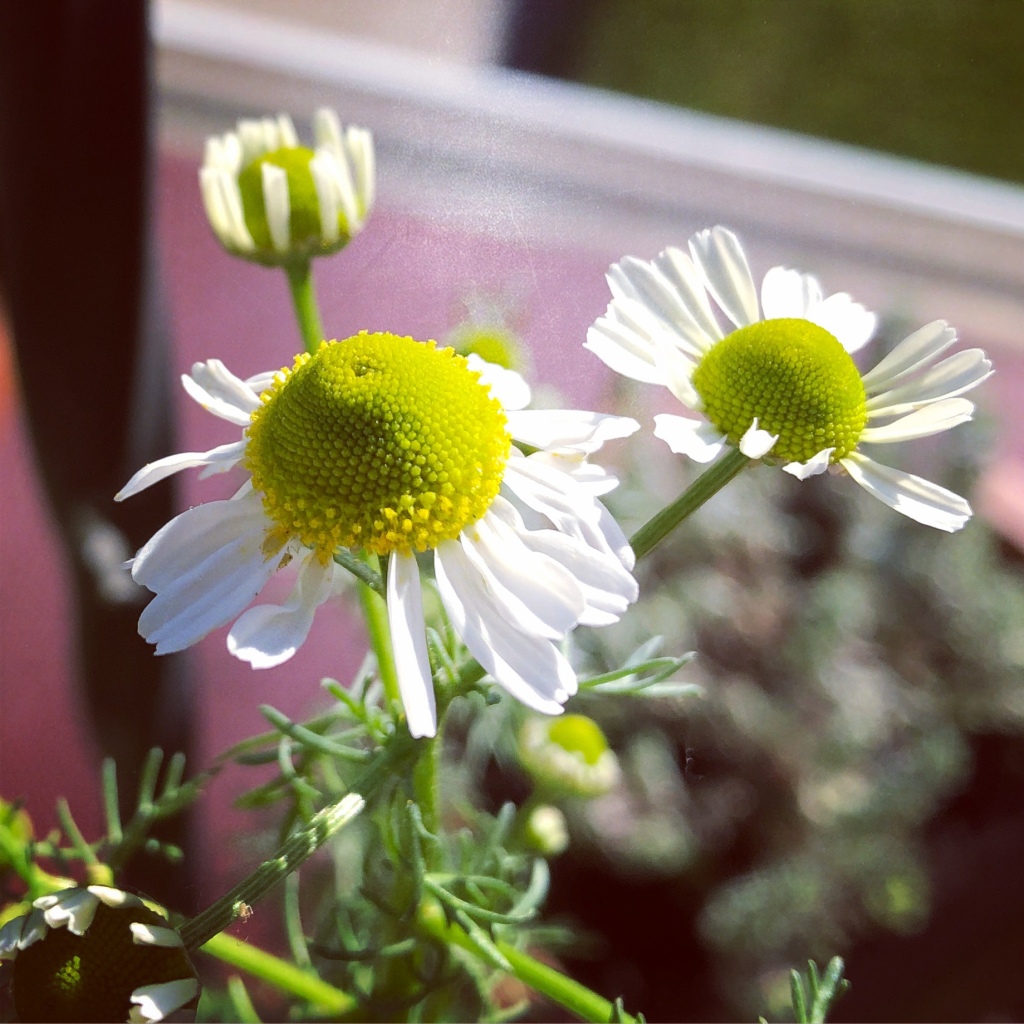
I think a cup of coffee with these cookies would be great too!
If you want to give making the cookies a shot, here’s what you will need:
Ingredients:
100 g (about 1/2 cup) white sugar
100g (about 1/2 cup) dark brown sugar (if you want to use light brown sugar, use 125g of it and then, reduce the white sugar by 25 g)
112g (about 1/2 cup) vegan butter (I use Earth Balance)
1 teaspoon vanilla extract (I use real vanilla extract, but imitation vanilla extract should work fine in foods treated to relatively high temperatures)
125 g (about 1 cup) all purpose flour
60 g cocoa (about 2/3 cup) (use the best cocoa you have as the better it tastes, the better your cookie will taste)
1 teaspoon baking soda
2 pinches of salt
1-2 tablespoons of almond milk
2 handfuls of vegan semi-sweet chocolate chips (or chop up a bar of your favourite vegan dark chocolate) (you can add less or more, per your preference)
2 handfuls of walnuts, chopped and lightly toasted (toast them in a frying pan until slightly browned and fragrant)
Equipment:
Stand mixer, handheld mixer, or a whisk and strong arms
2 large bowls
1 sieve
A weighing scale or measuring cup
A teaspoon
A baking tray
Some parchment paper
An oven
Method:
- Cream the butter and sugar (i.e. beat them together in a stand mixer or in a large bowl with a handheld mixer/eggbeater or whisk) until they form a creamy, thick, pale yellow mixture.
- Add in the vanilla extract and continue beating the mixture until the extract is incorporated into it.
- Sieve the dry ingredients into a second bowl (flour, cocoa, baking powder, and salt).
- Add the dry ingredients to the wet ingredients and mix them altogether with your hands. It will seem like a thick dough. Add in a tablespoon of almond milk and mix it in. If the dough still seems very dry, add in another spoon of the milk.
- Toss in the chocolate chips and walnuts and mix them in.
- Roll the dough into individual little balls. (I got about 14).
- You can bake them all on a baking tray lined with parchment paper (ideally unbleached and compostable) at 350 F for about 12 minutes or so. The cookies are ready when they are slightly firmed up on their sides. They will still seem soft in the centre, but will firm up in about 10 minutes if you just let them cool on the tray.
- Alternatively, flash freeze the dough balls in the freezer (i.e. freeze them on a tray or plate) for about 2-3 hours, and once they have frozen, throw them into a freezer ziplock bag and then the freezer. This way, you can pop your head into the freezer and grab some dough whenever you want a fresh cookie! If you choose this route, bake the frozen dough balls directly, without defrosting them, at 350F, but for about 3 minutes longer.
- The only problem with the freezing method is that it isn’t very energy-efficient because it involves heating up the oven multiple times. What we’ve been trying to do in our home is to bake various different things in the oven at the same time. For instance, one can also toast bread at 350F. Alternatively, we heat up the oven to 350F, bake the cookies, and then increase the oven temperature to a higher temperature to bake other things, like bread, for example.
- Whatever method you choose, I recommend enjoying your warm cookies with a glass of milk, coffee, or tea!
